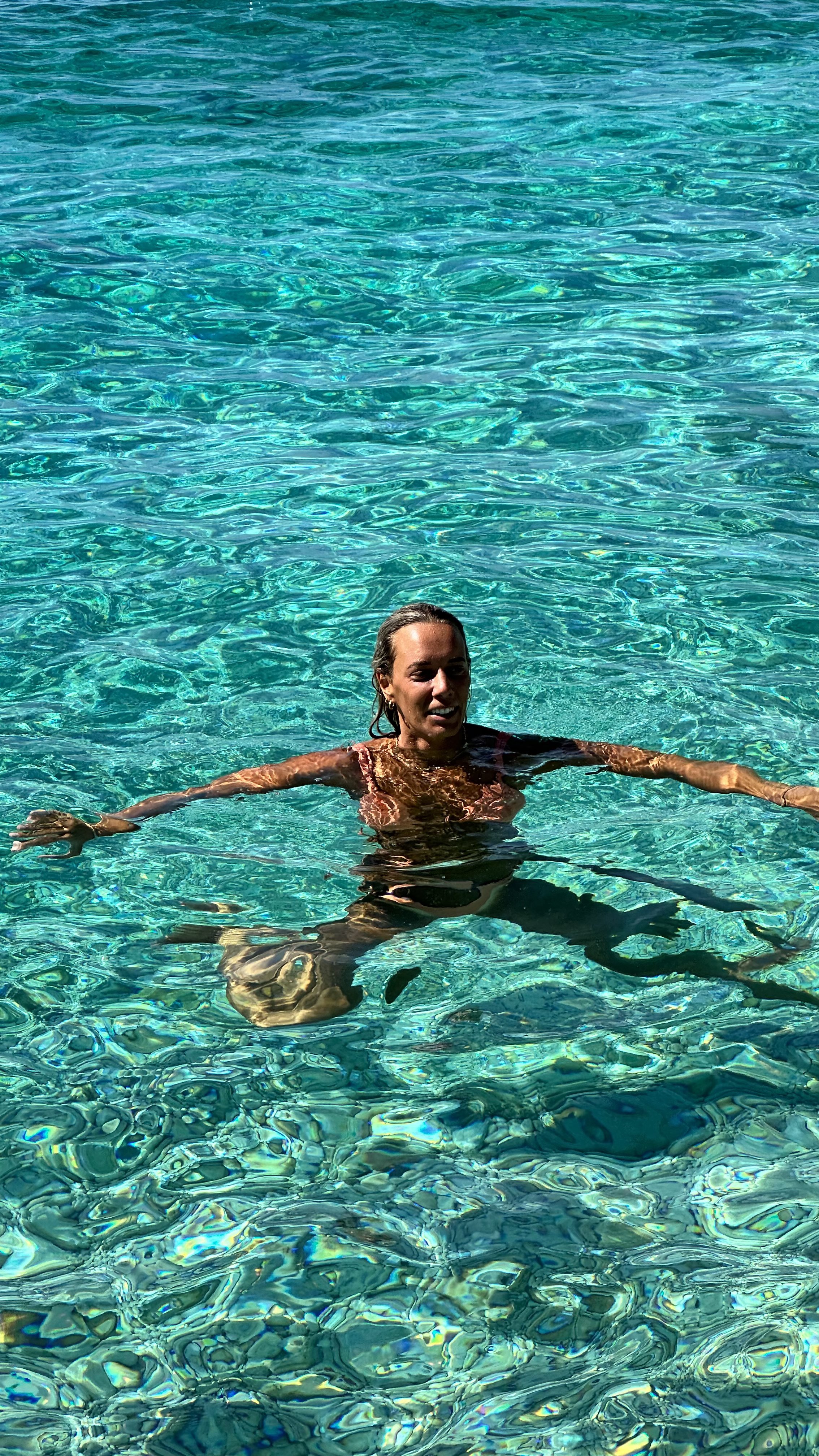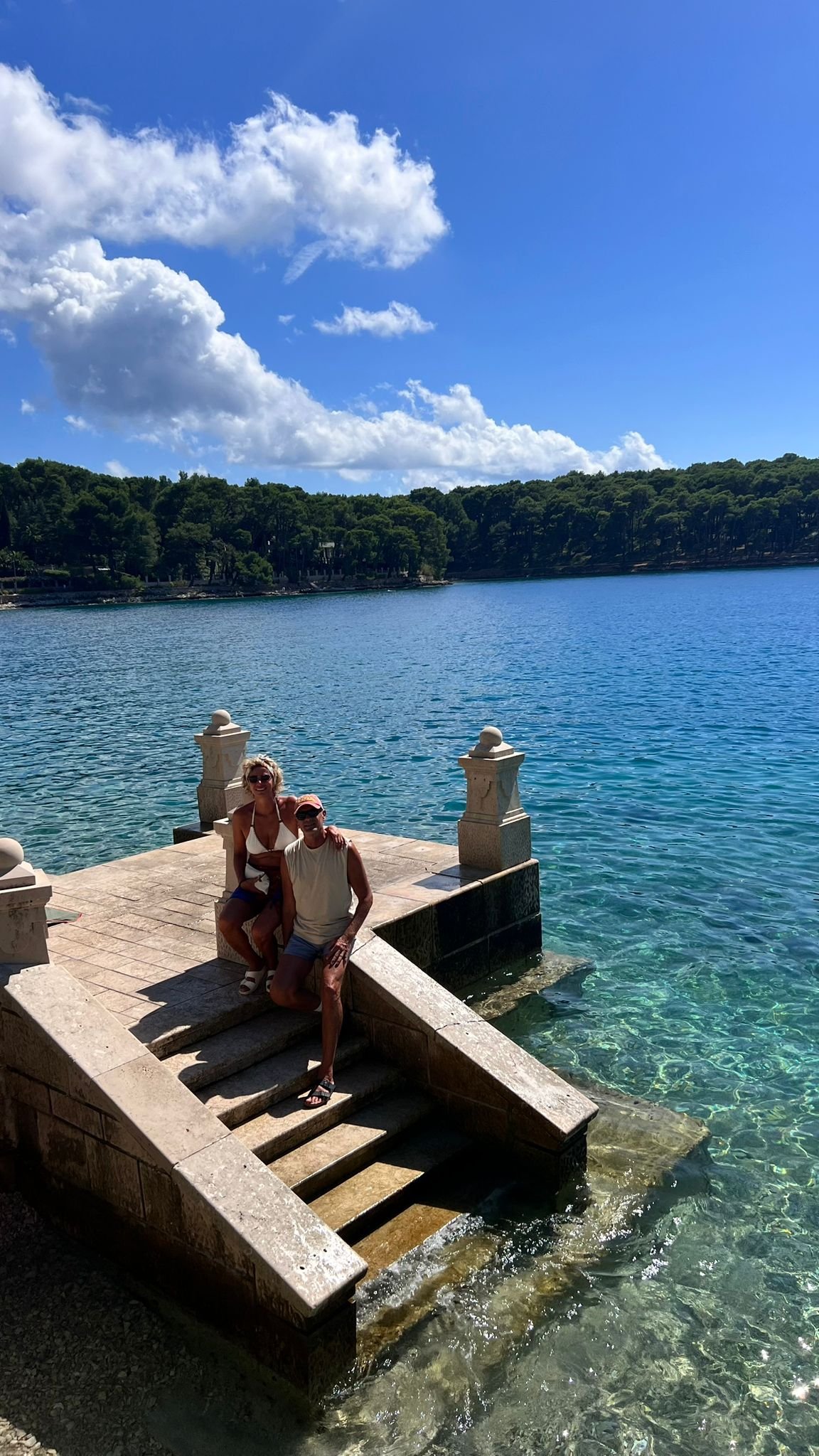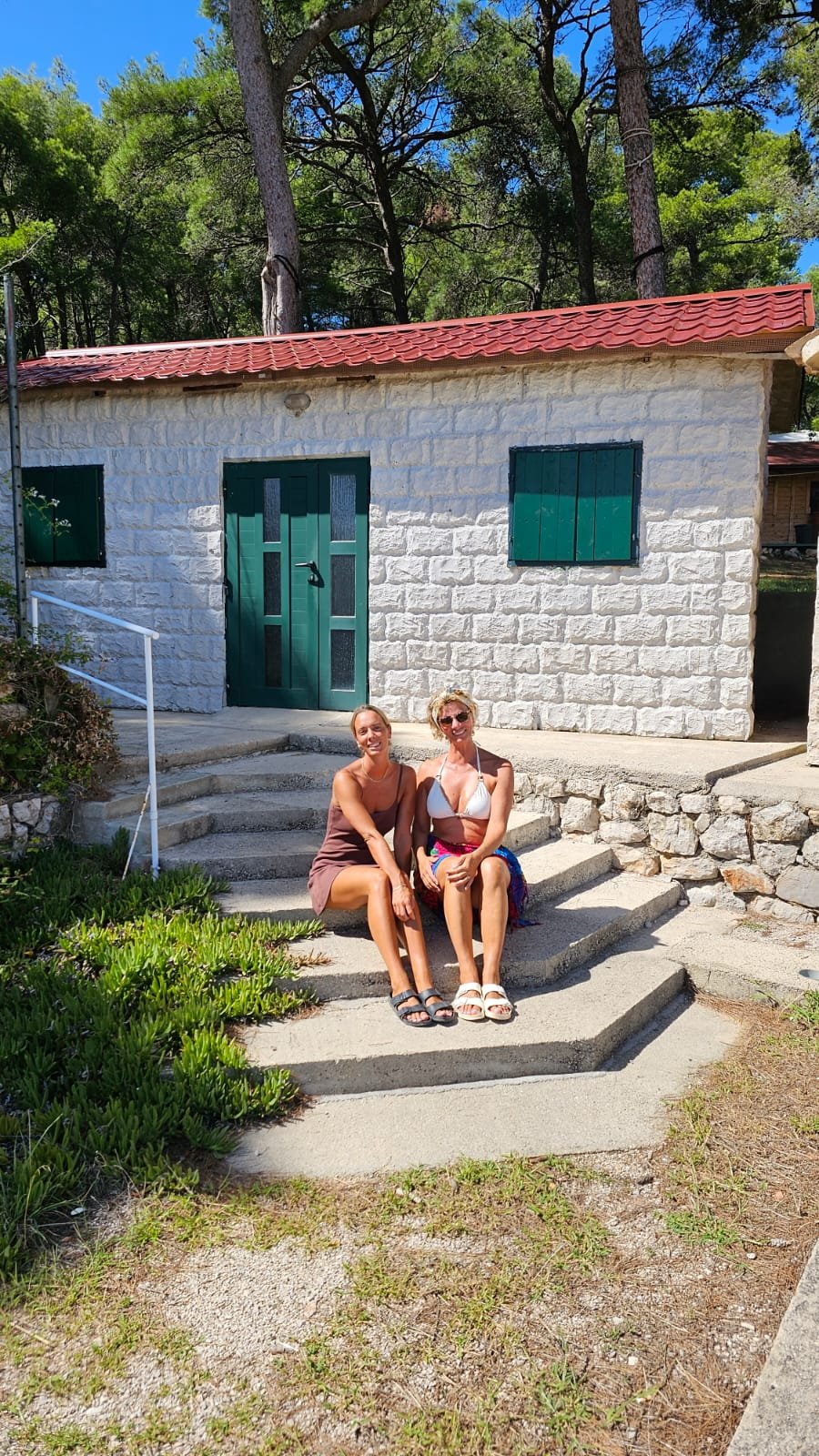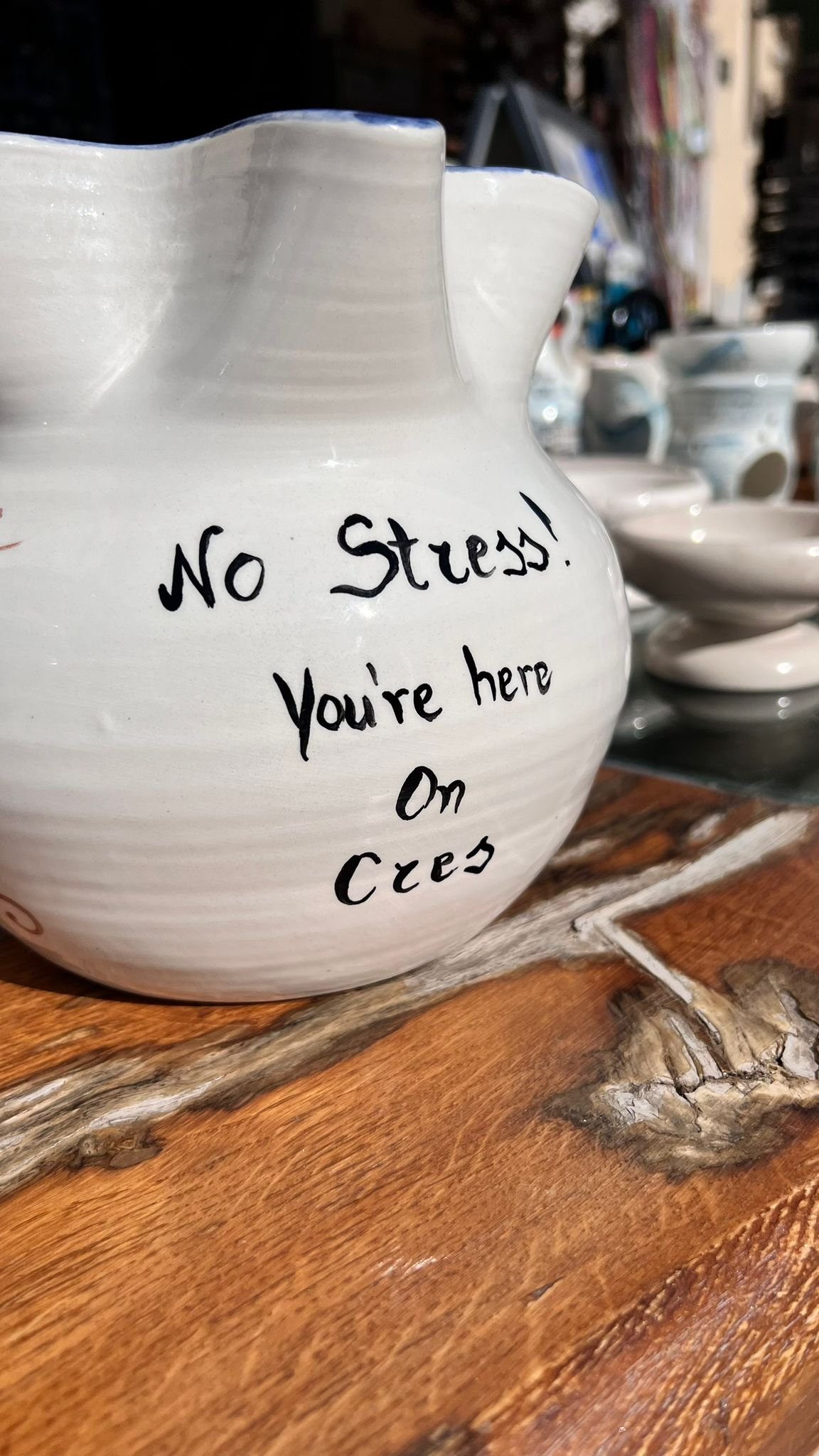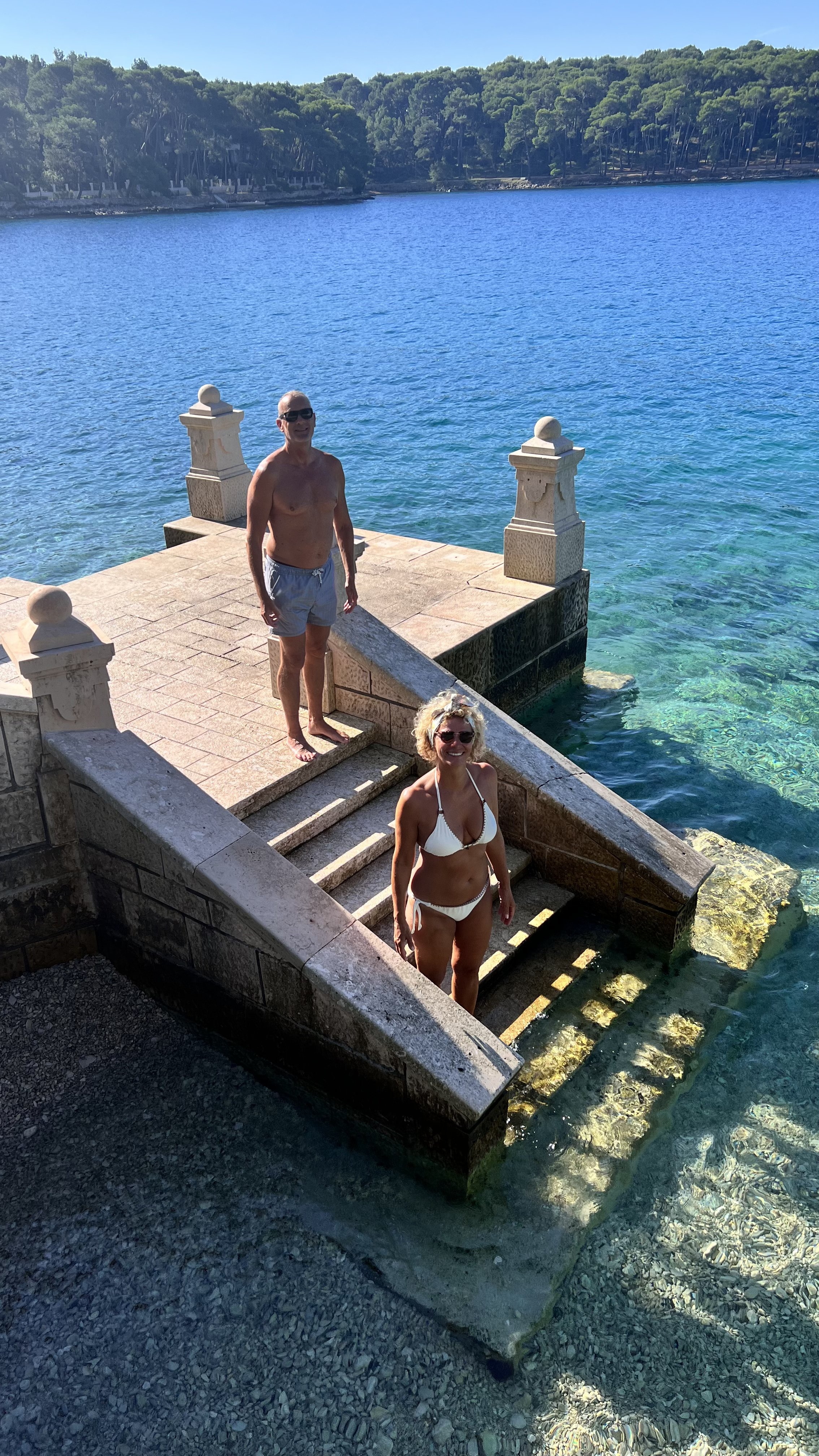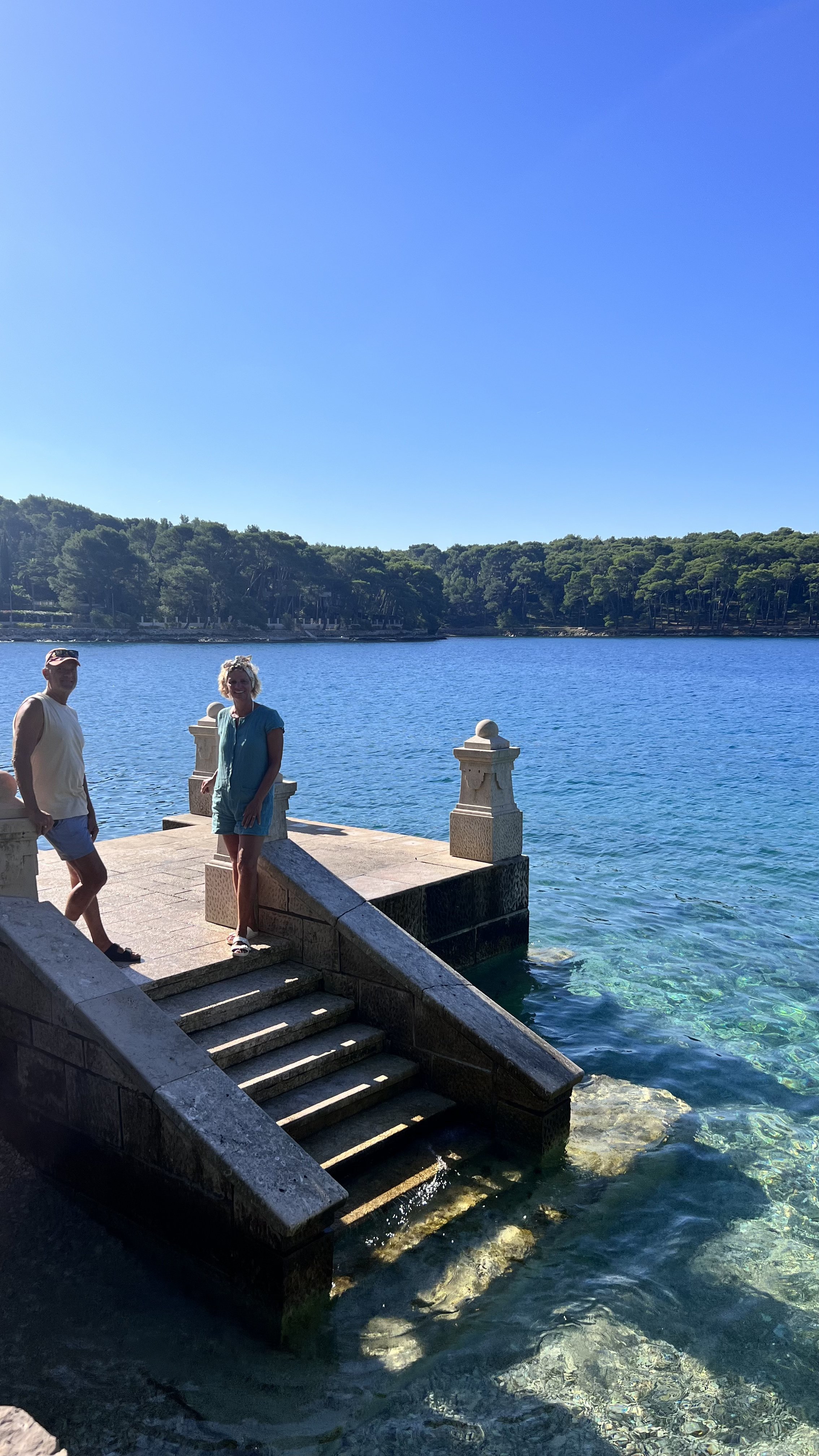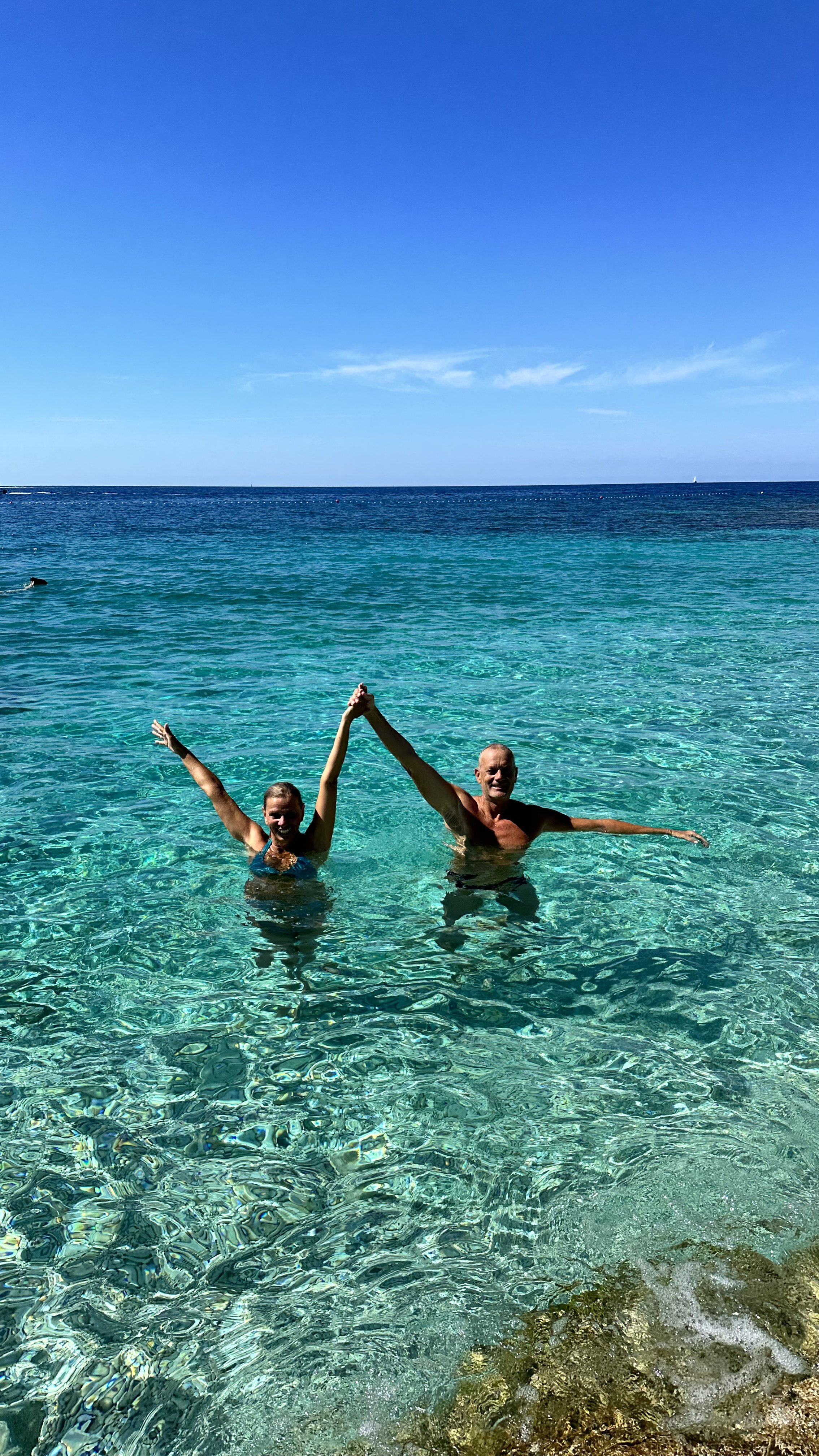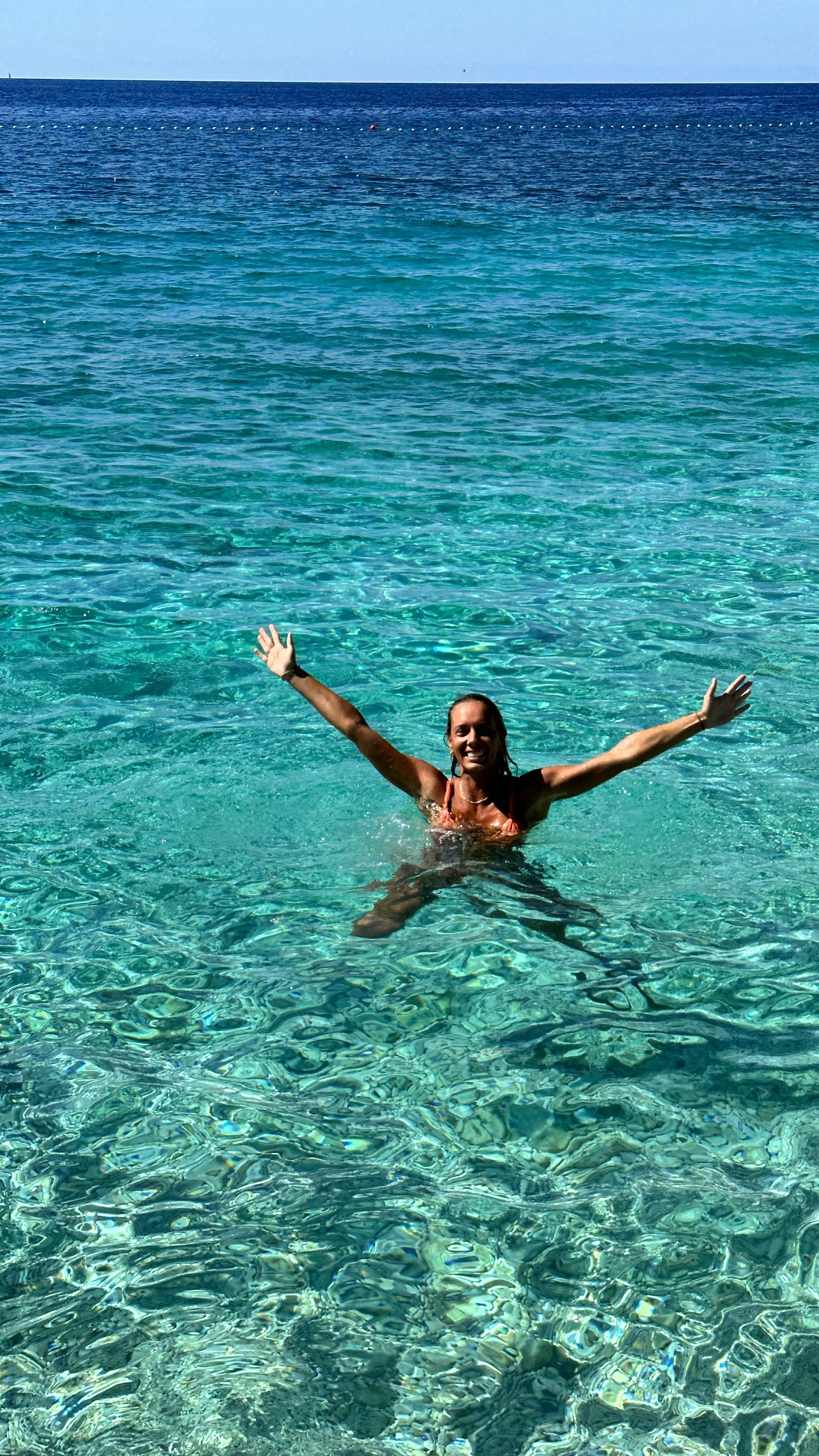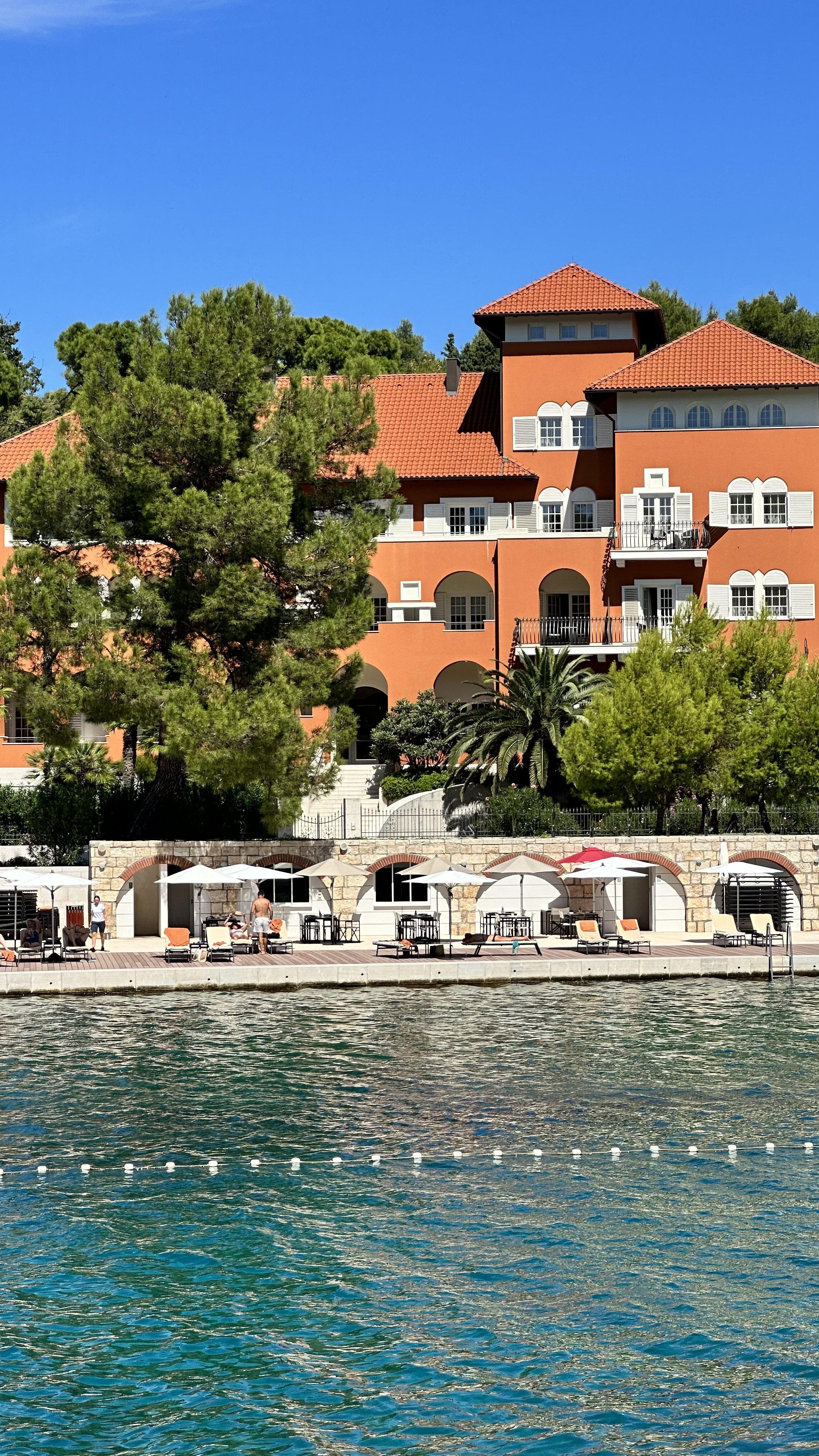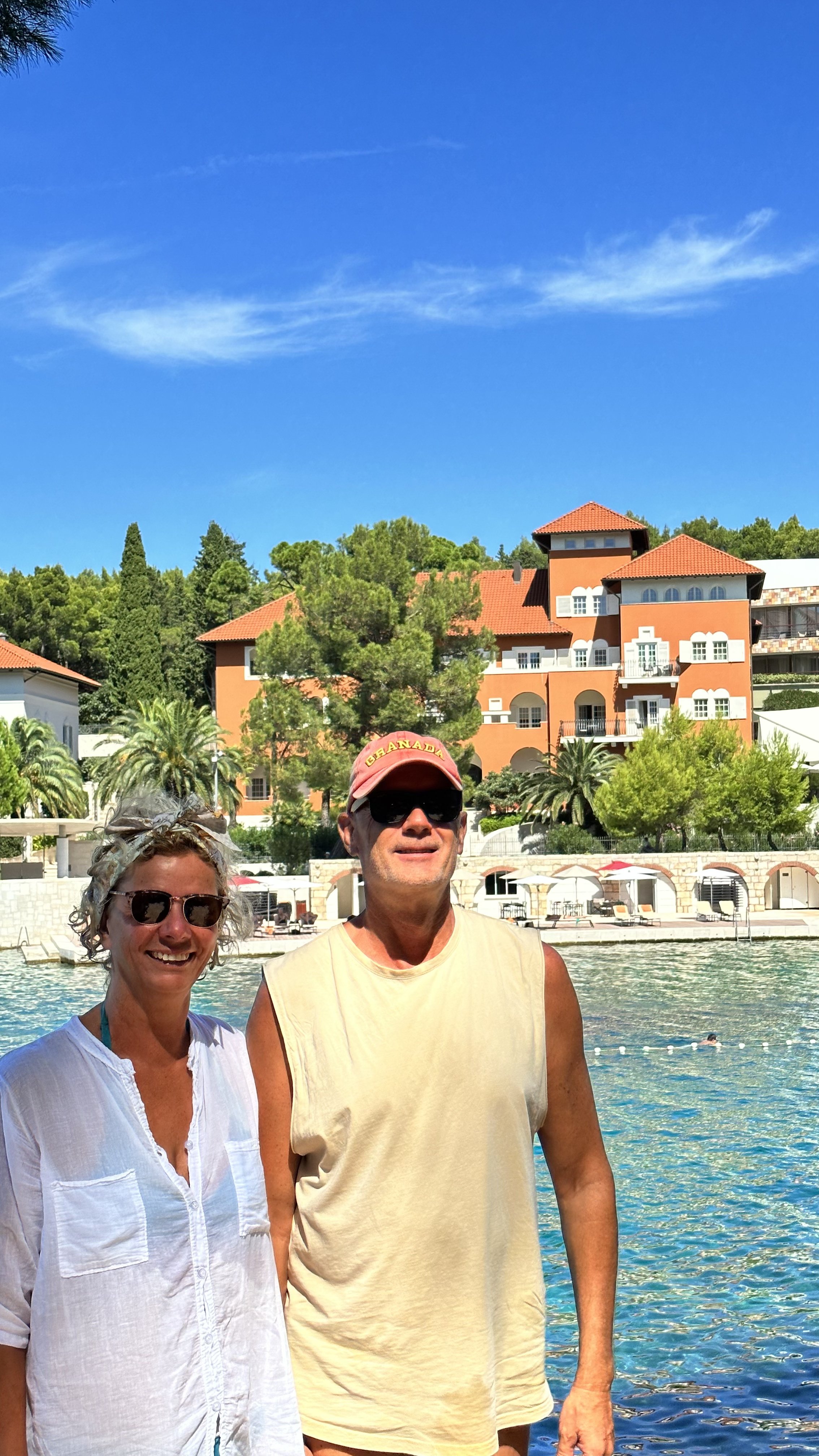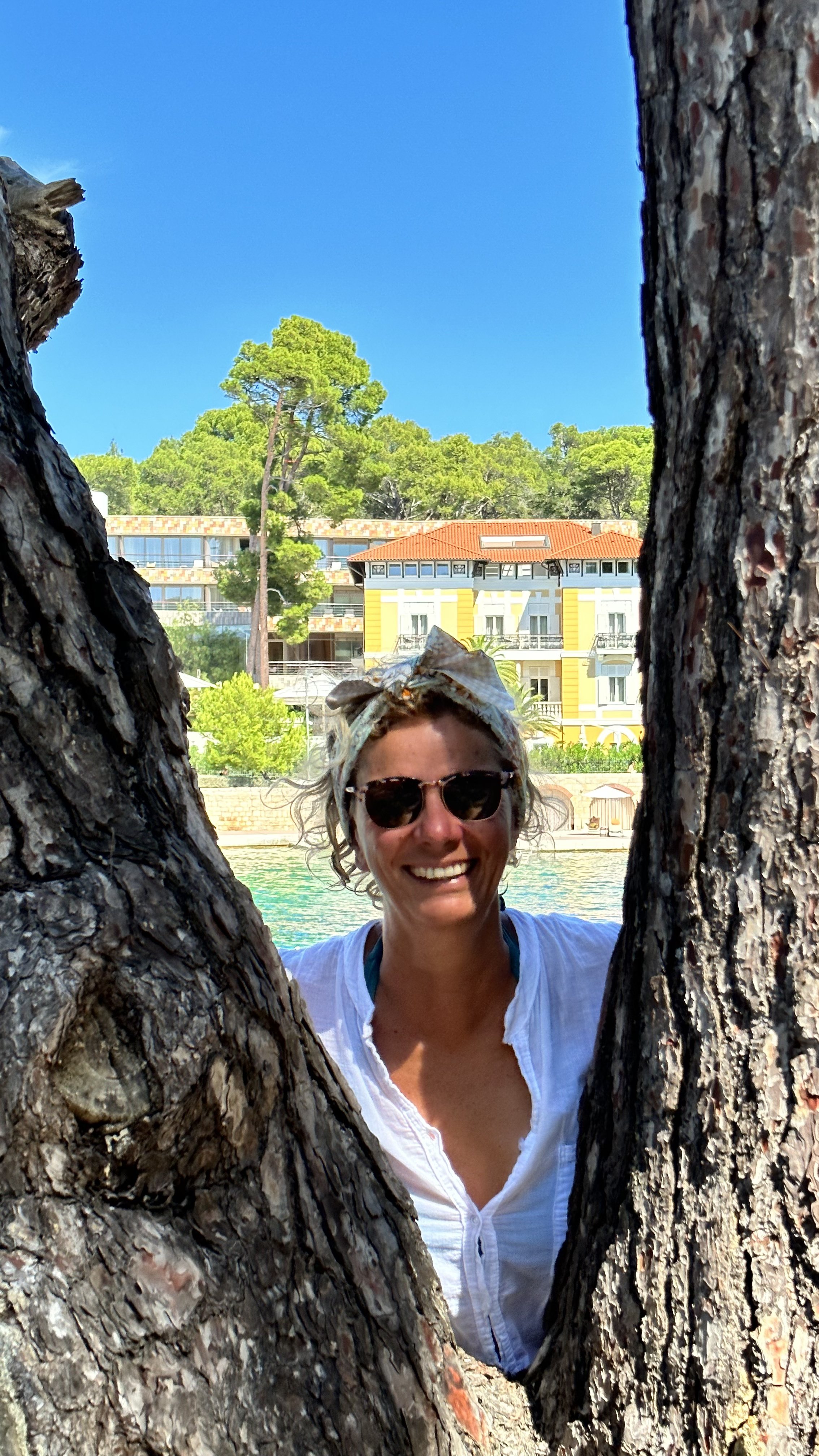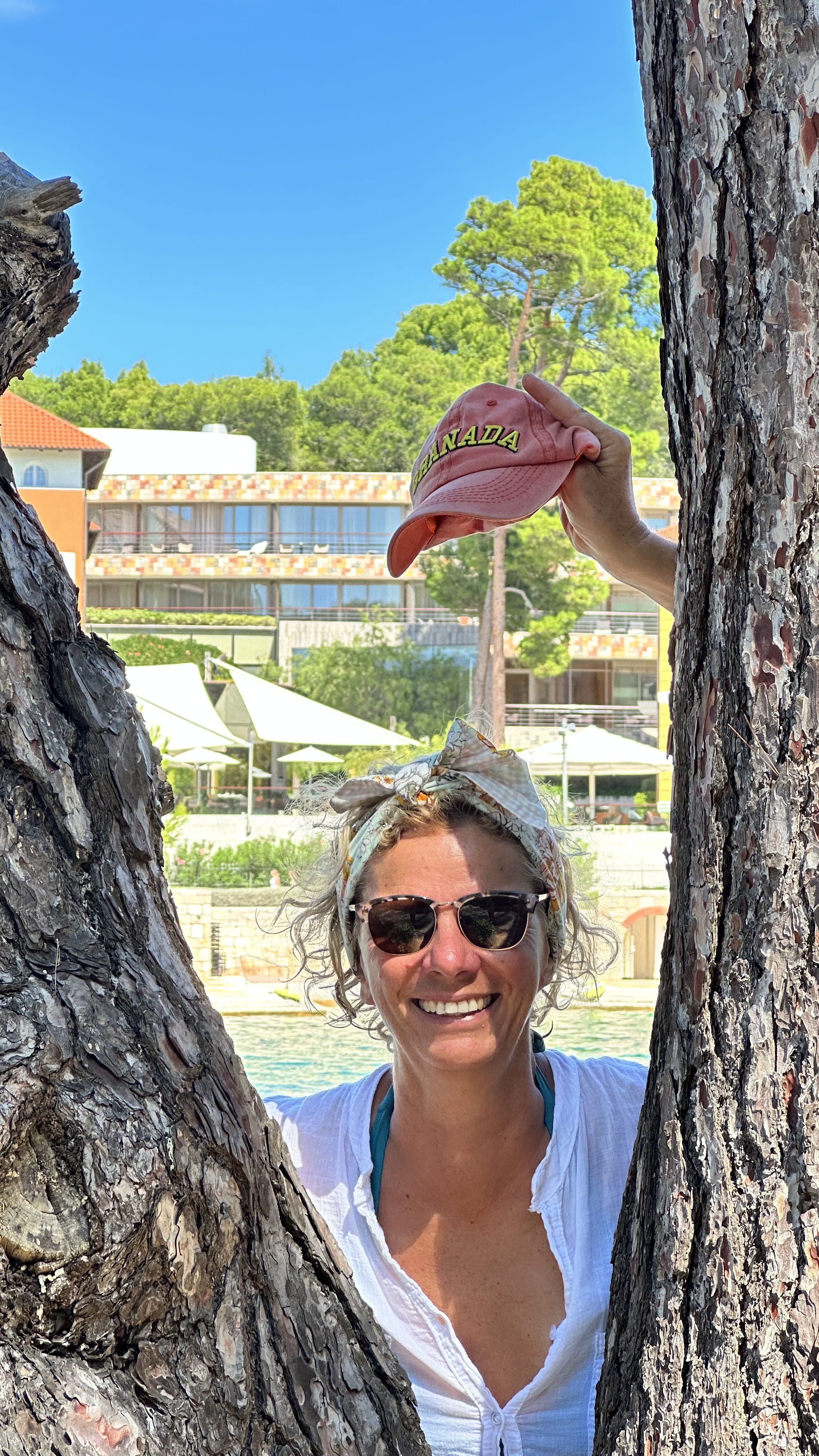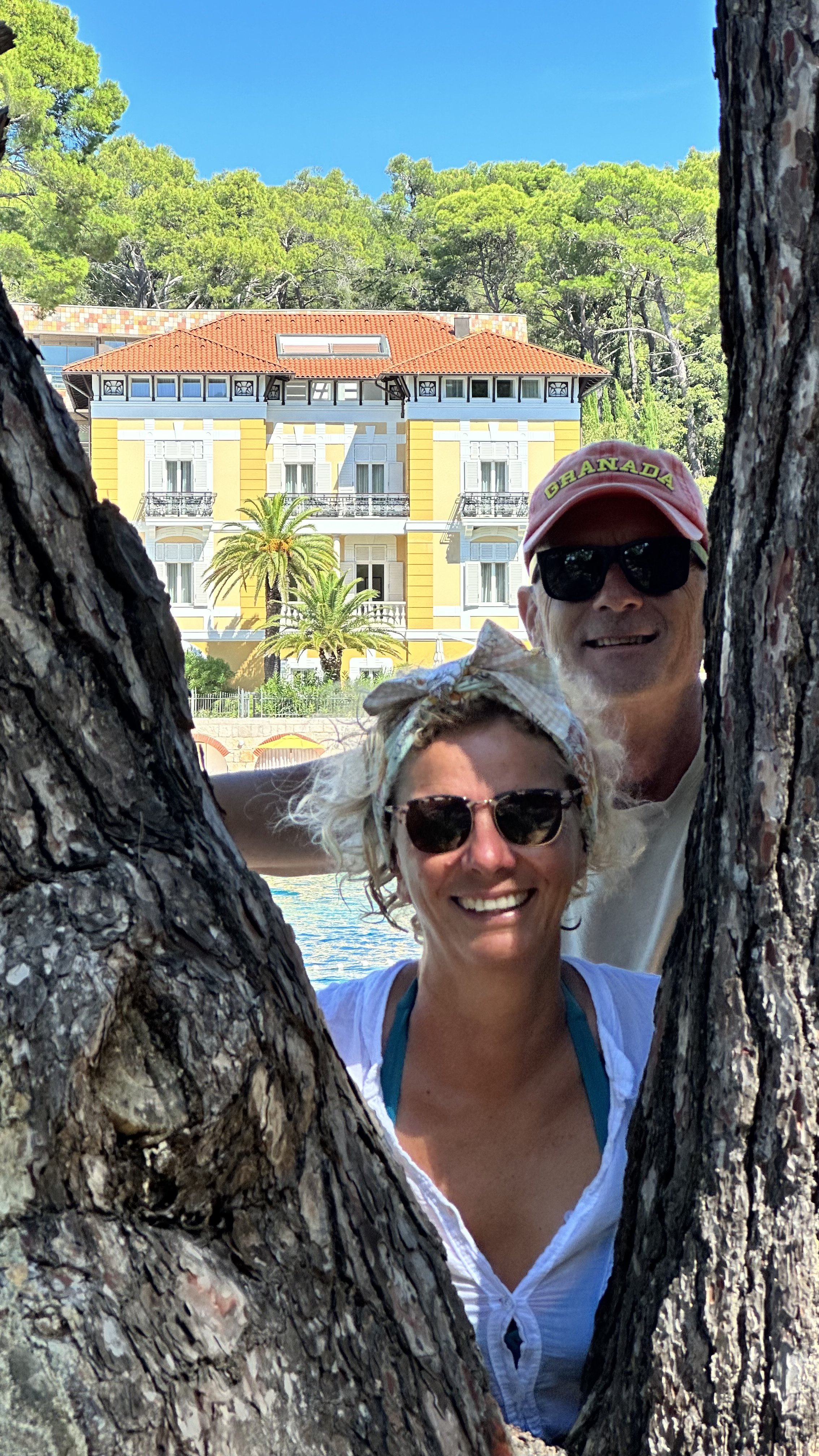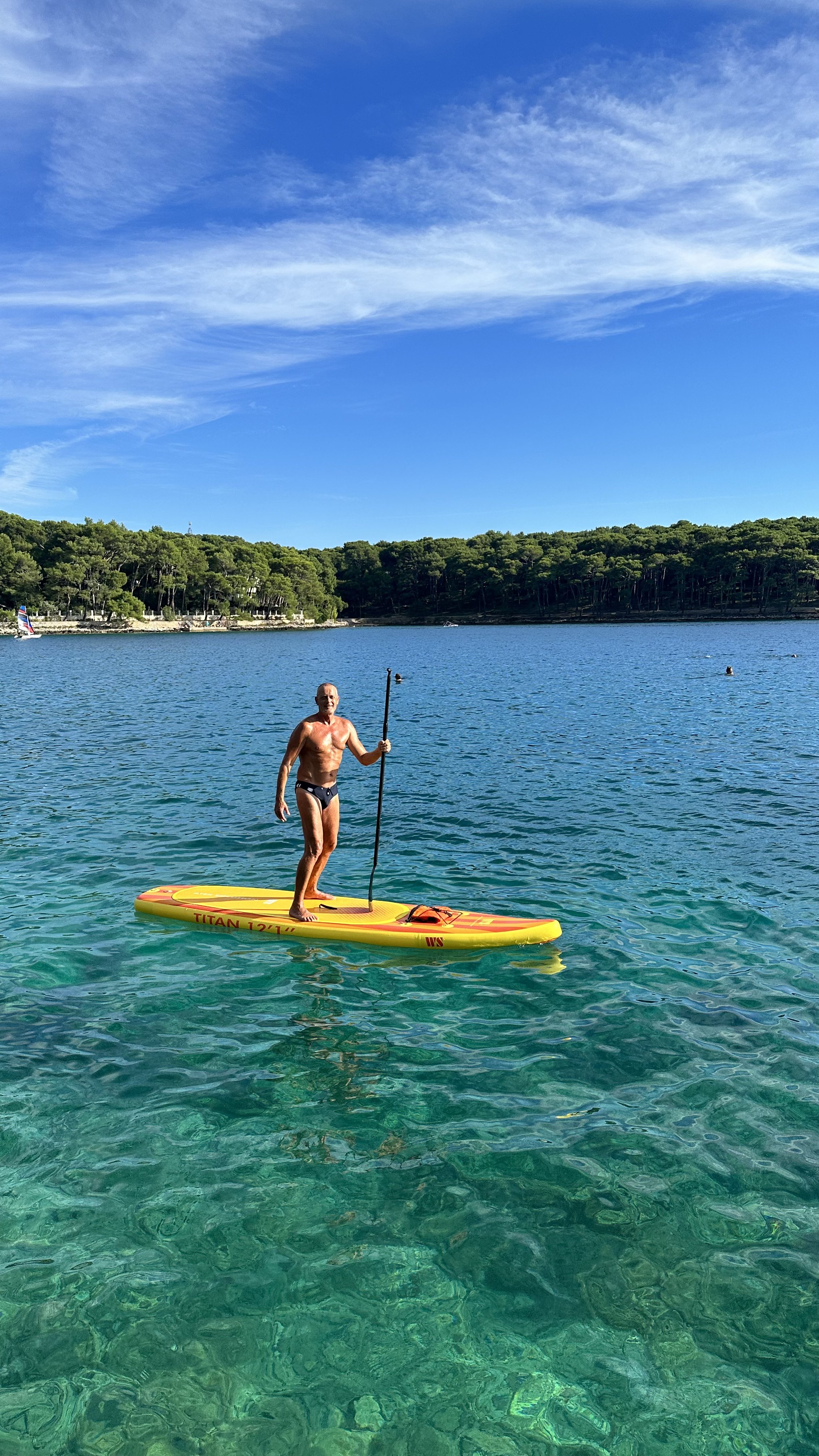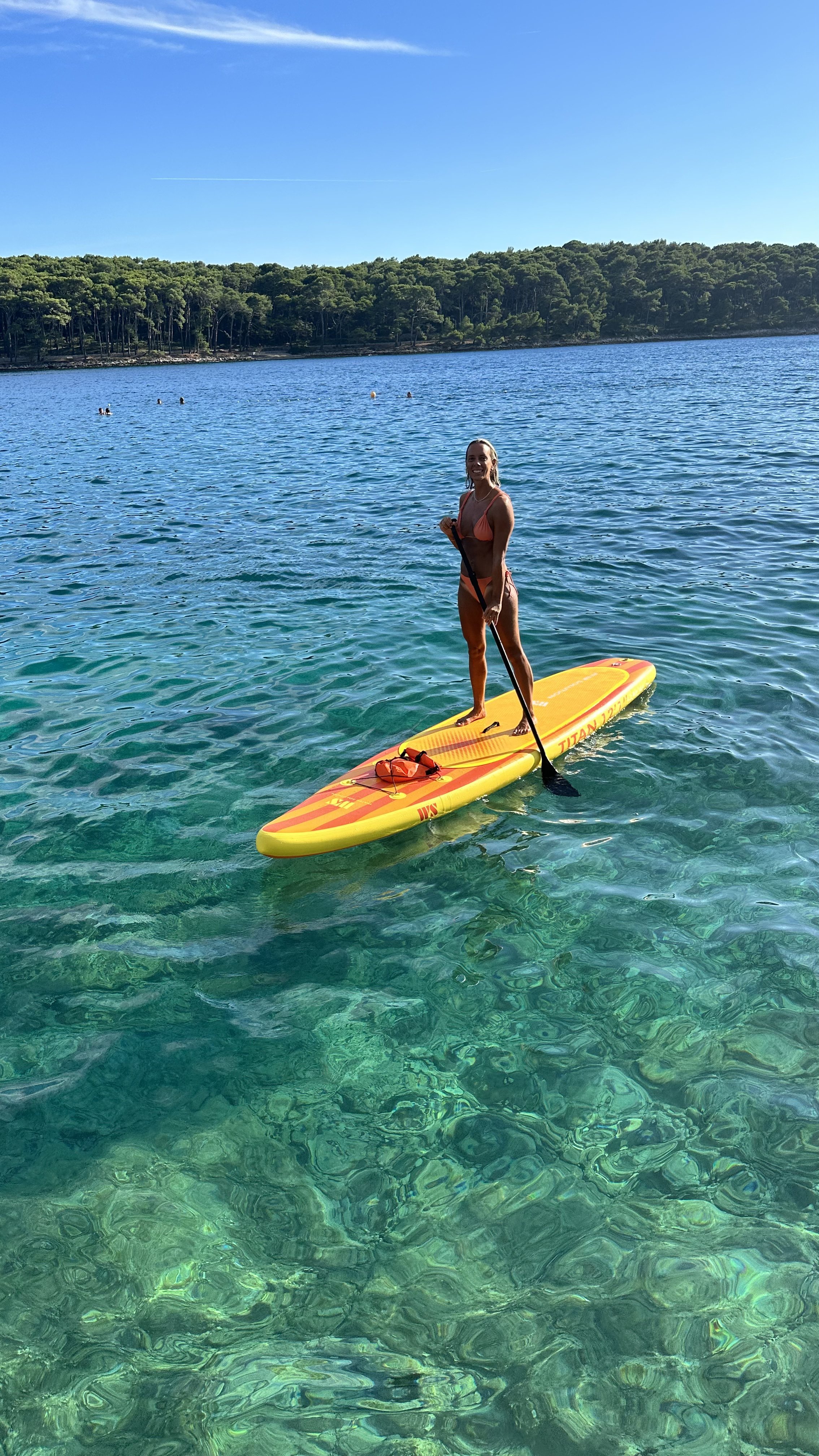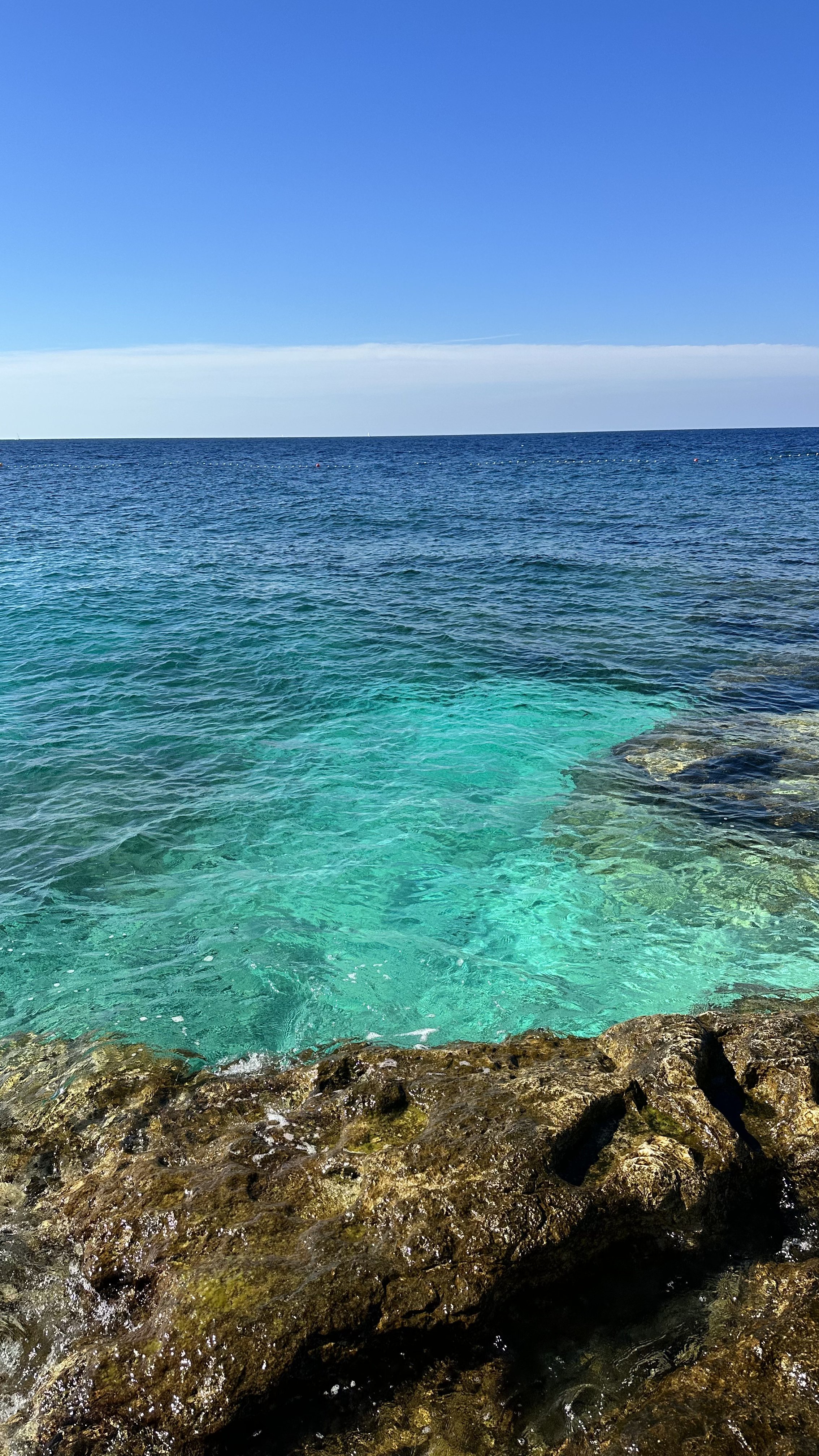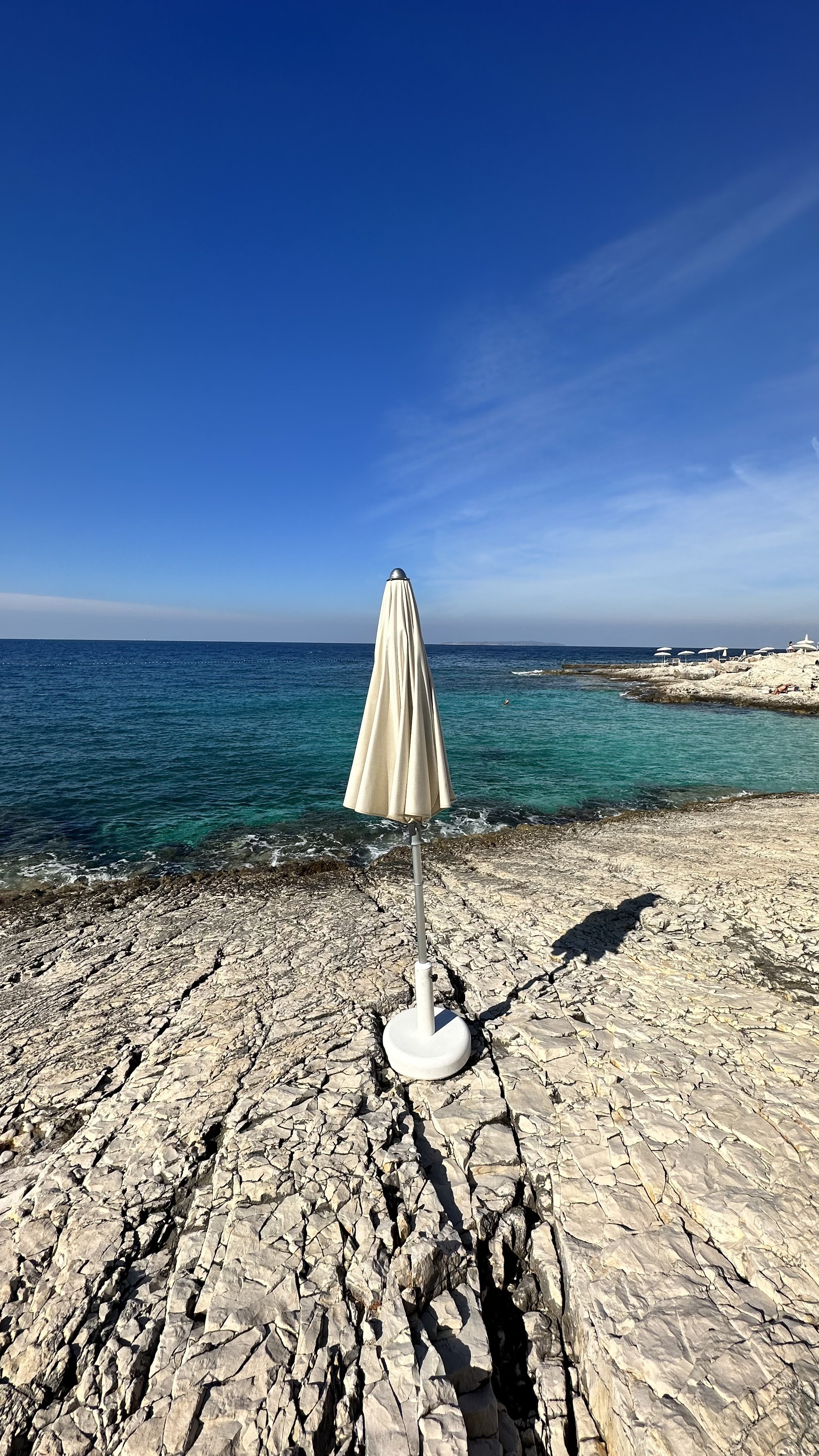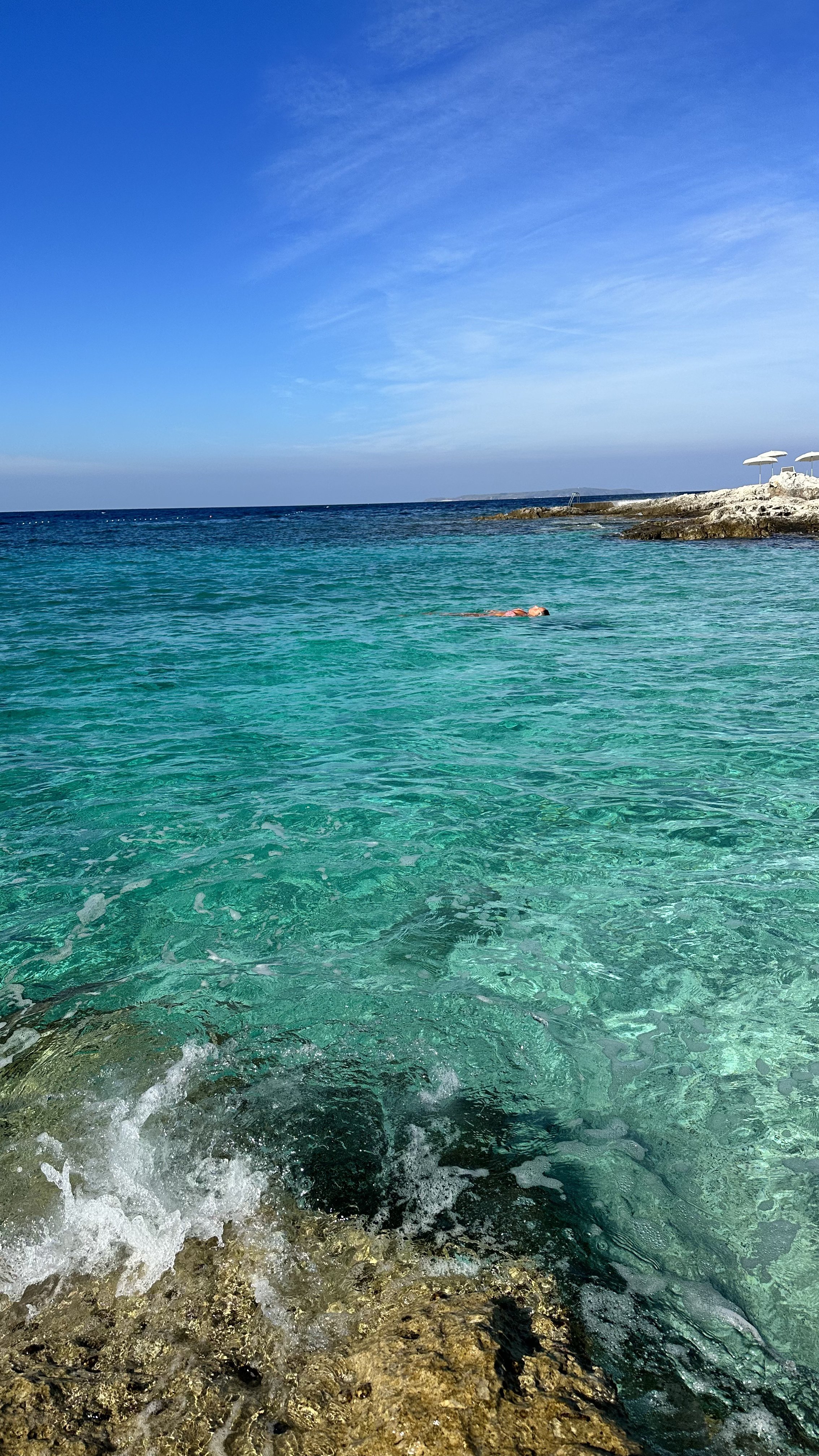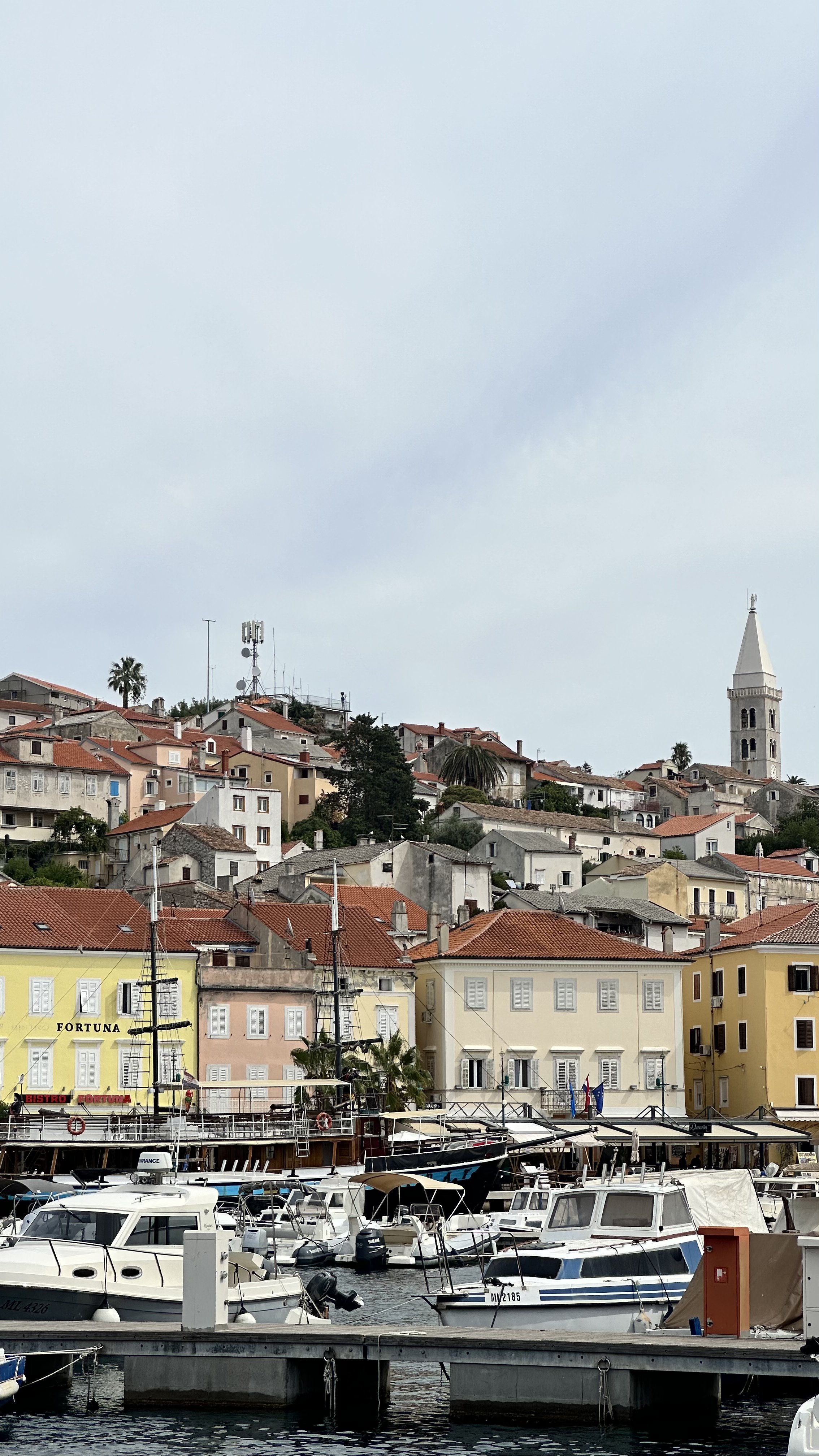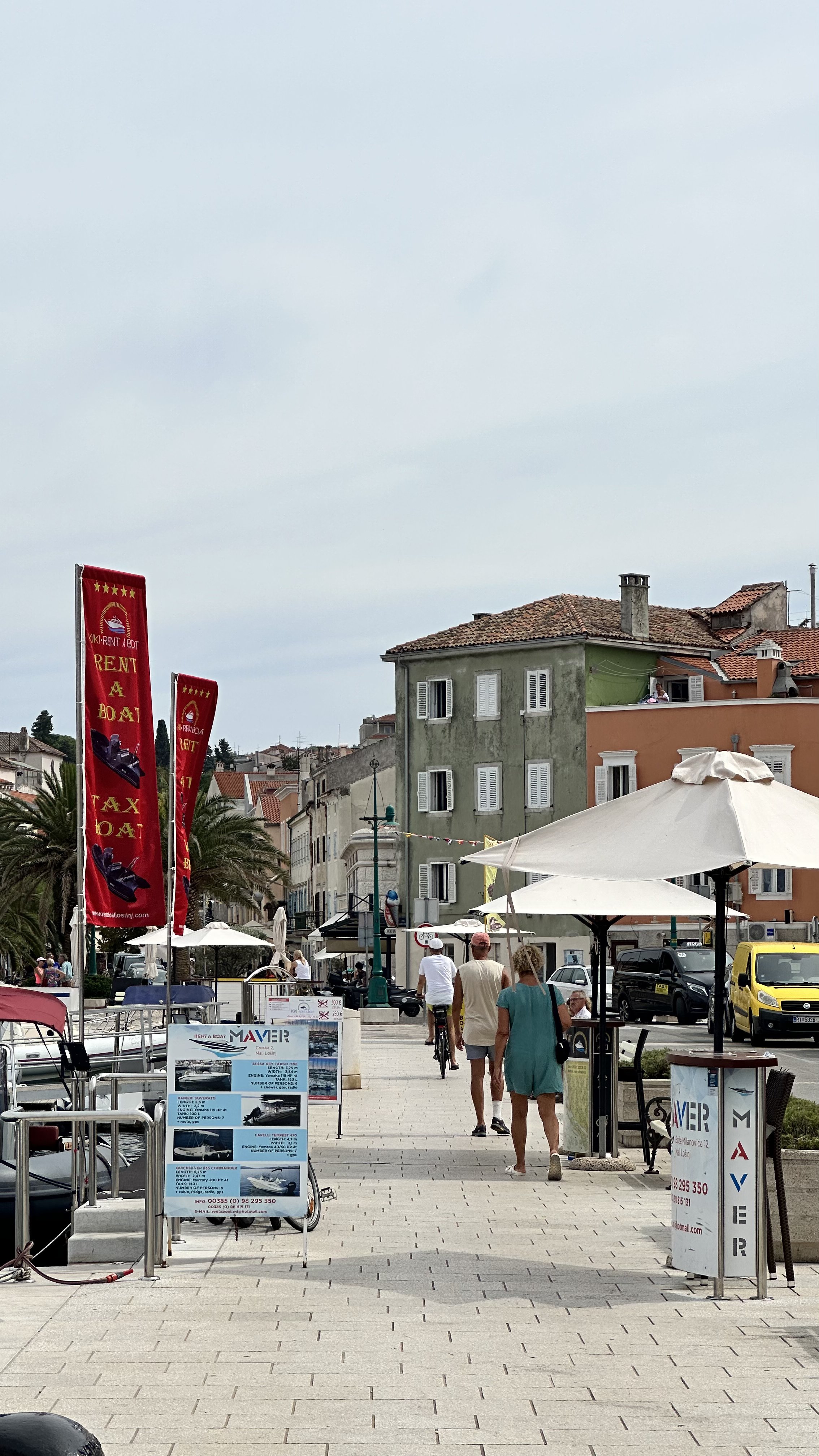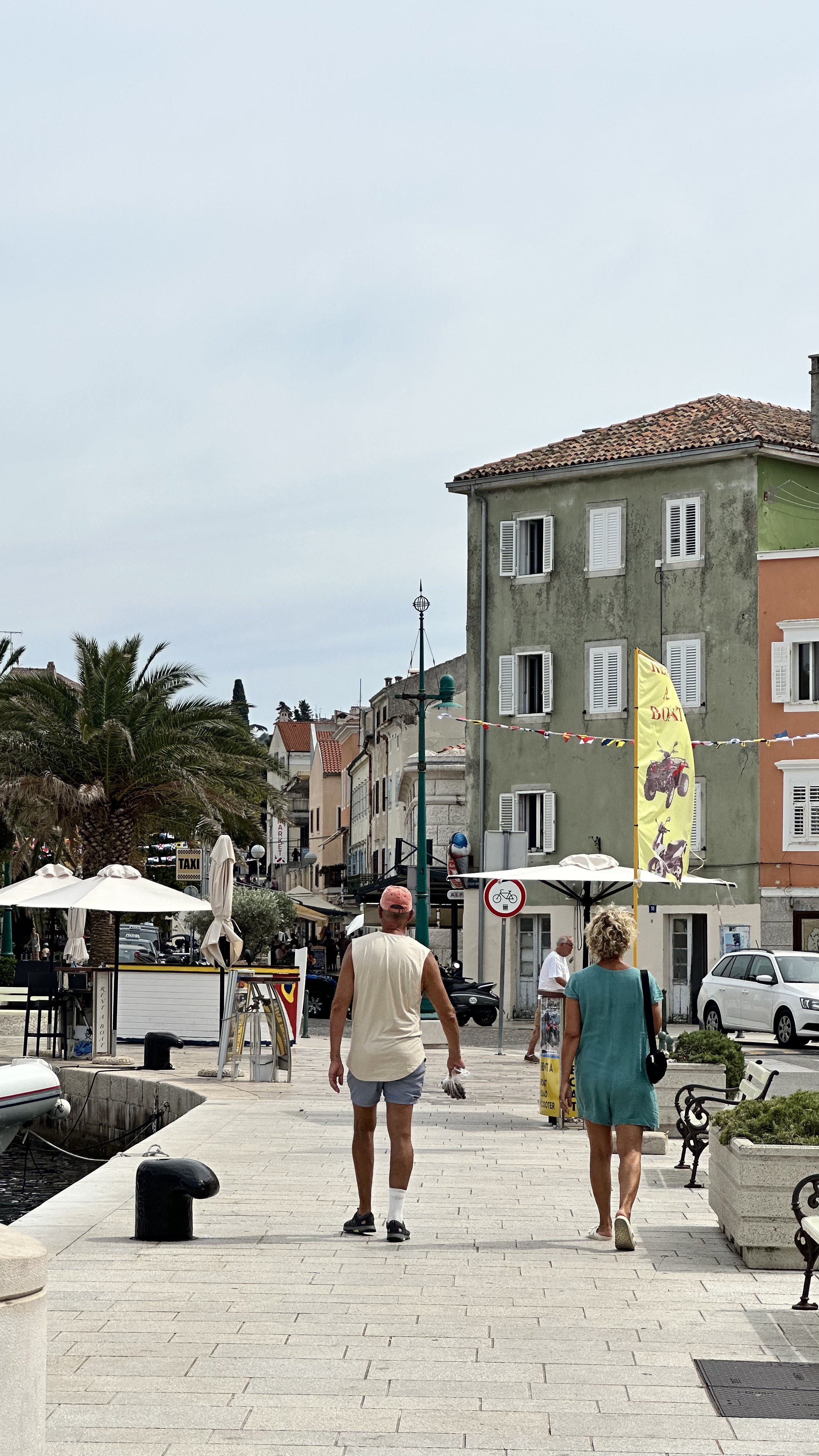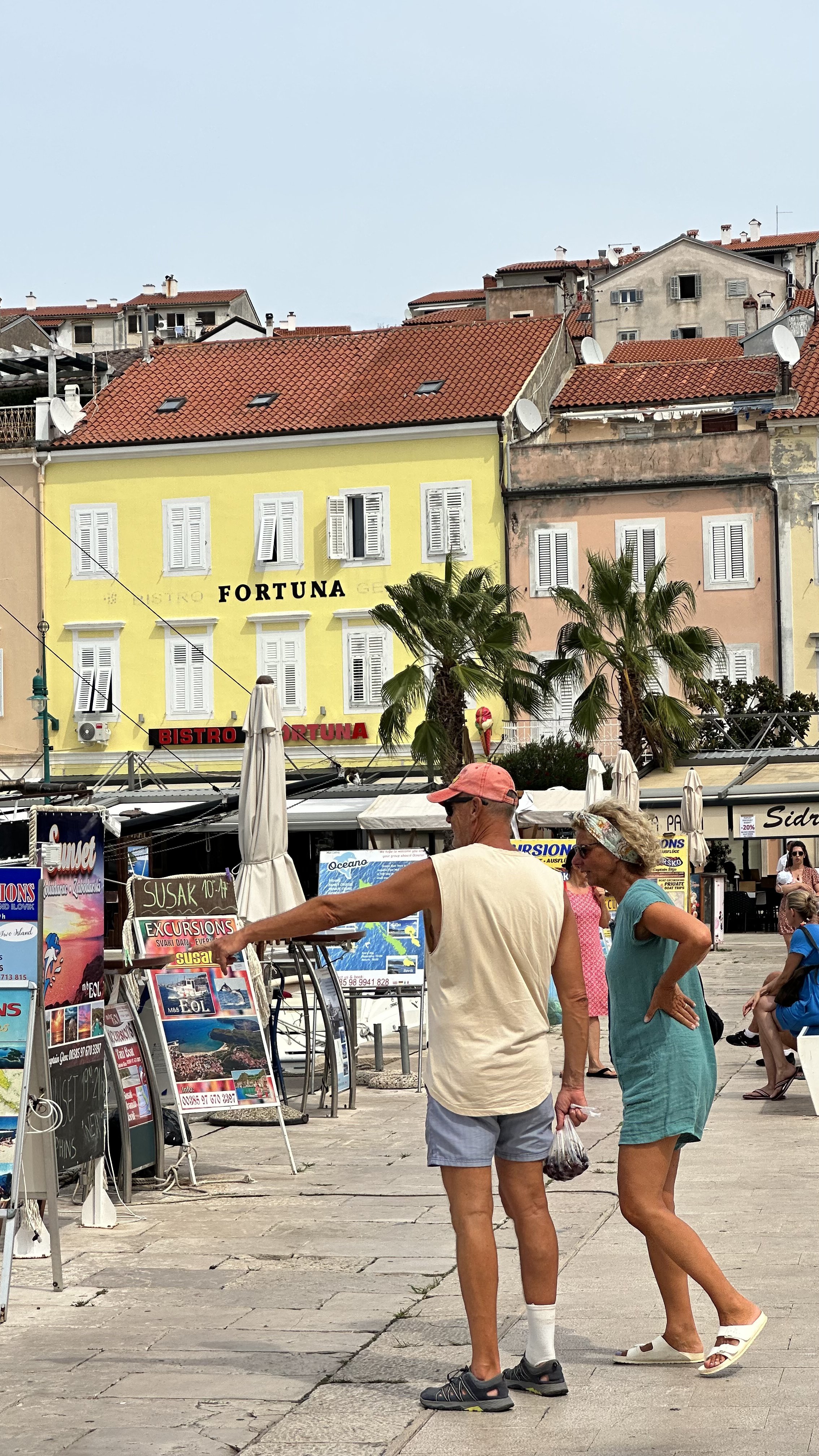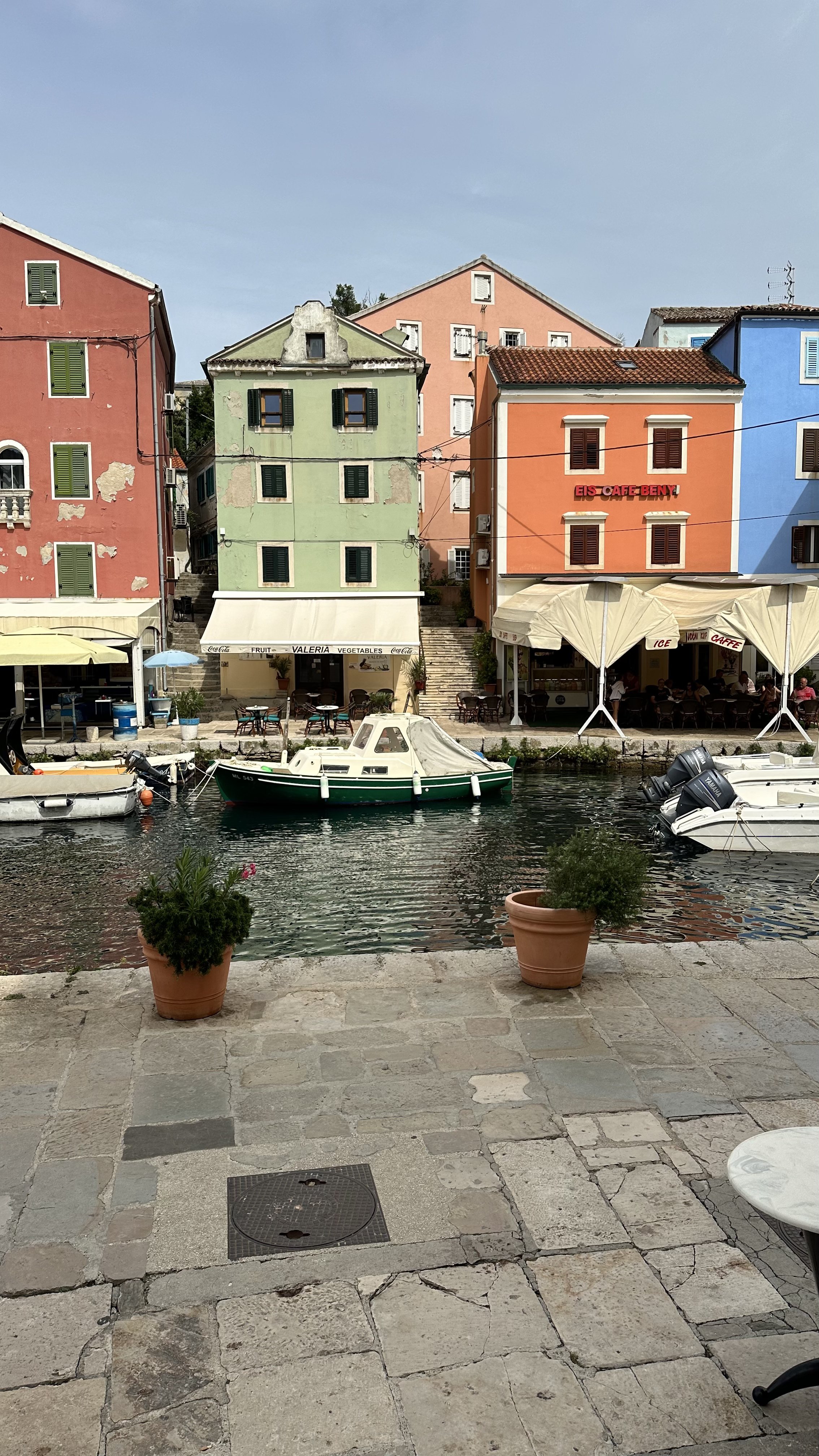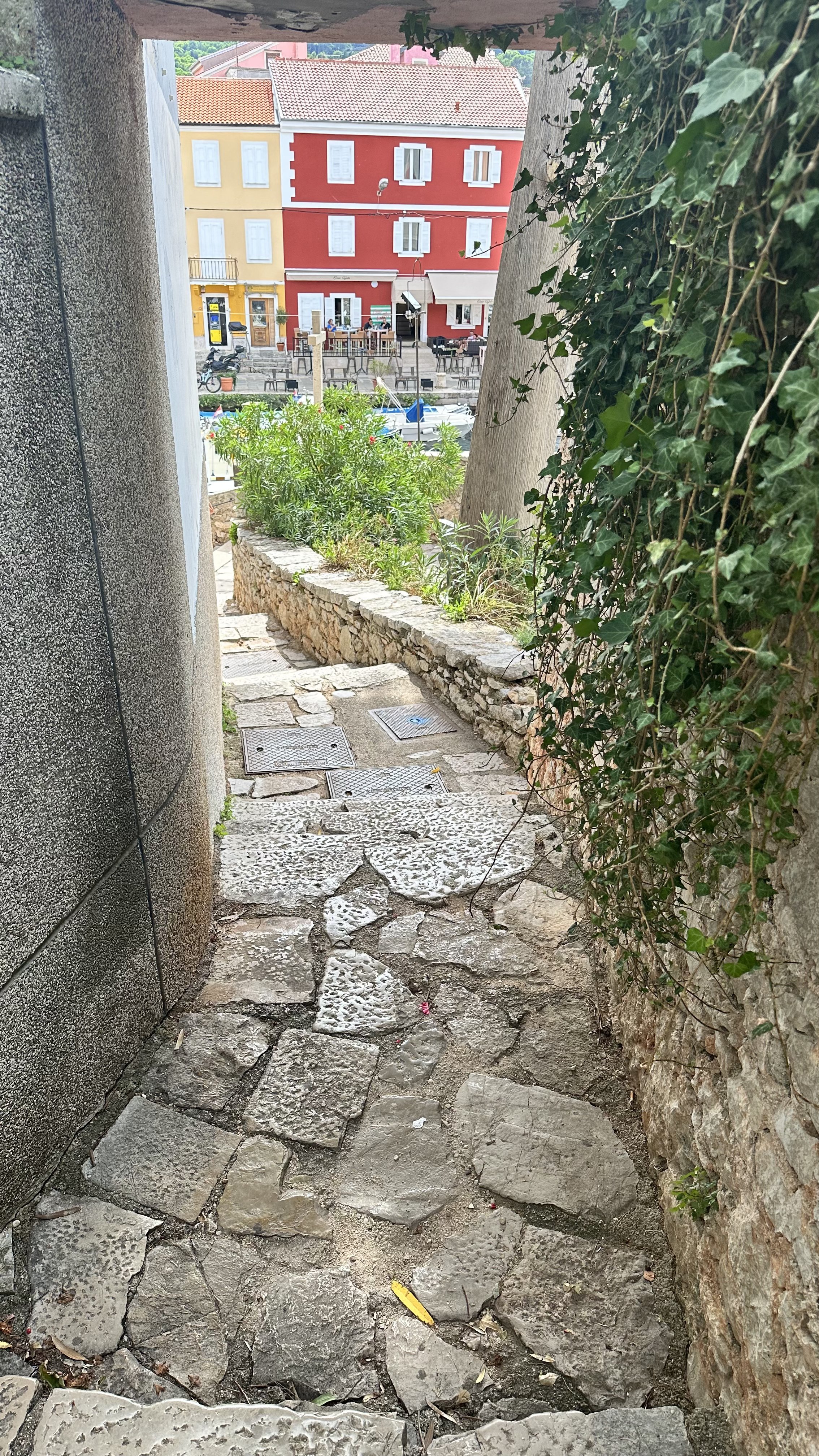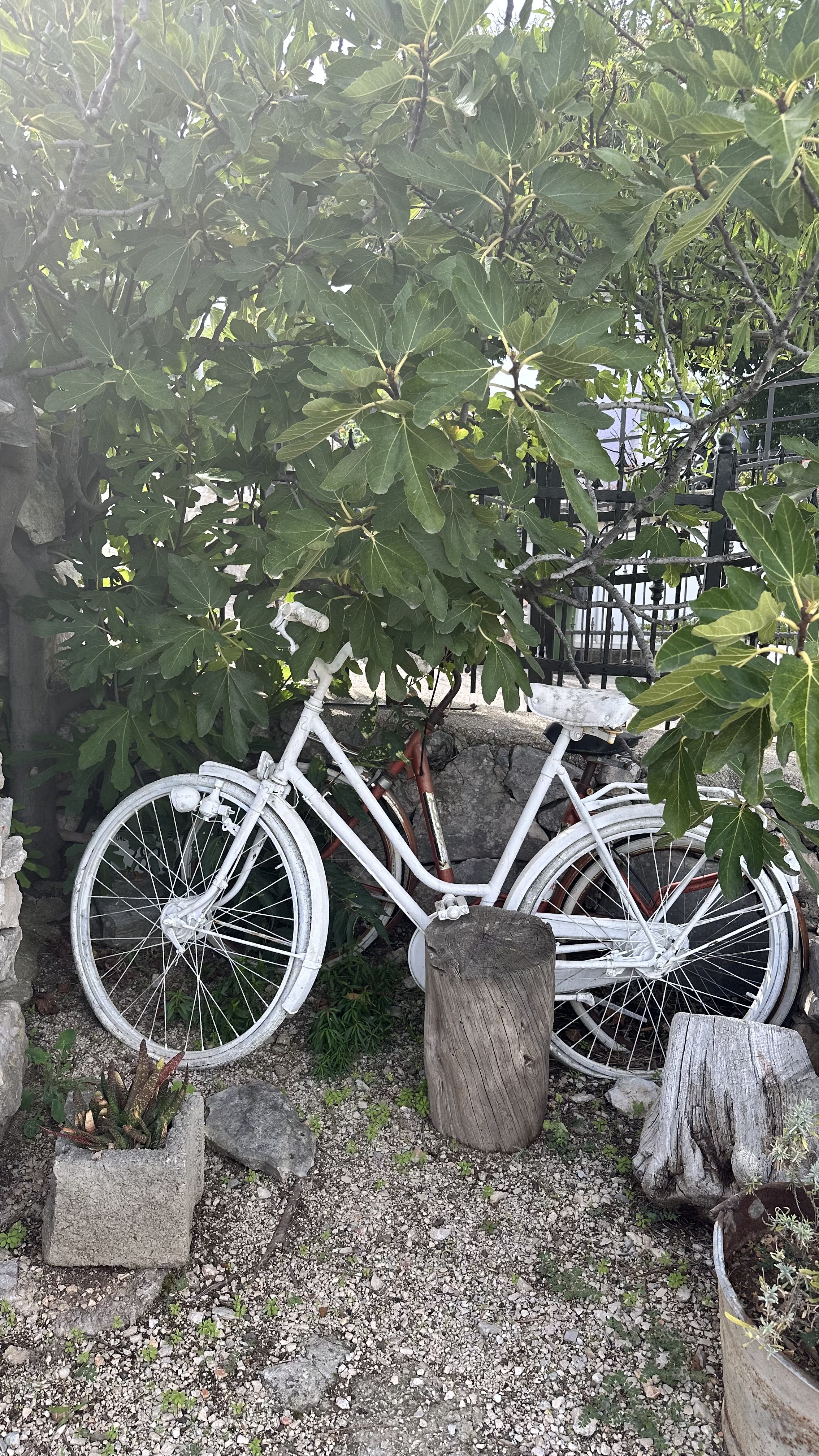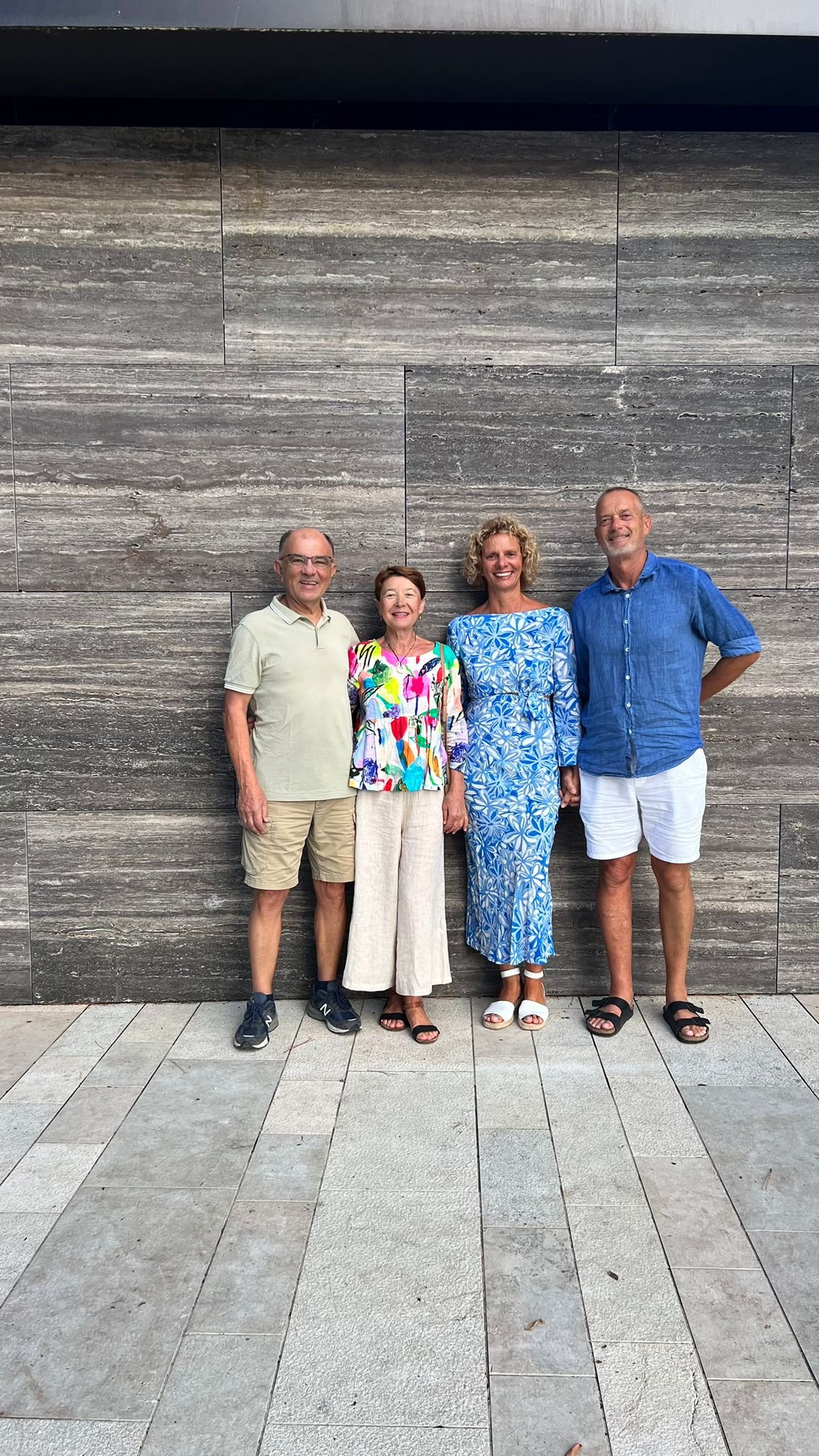Pinching myself!
Believe it or not we have been on the road 13 weeks! It’s gone so fast, it’s hard to believe it.
Looking back, I’ve noticed I tend to write my blogs as things happen; when I feel strong emotions running through me; when I need to put my thoughts on paper; or when I have an outburst of inspiration.
I have chosen the title for this blog more than a week ago when I felt inspired by the natural beauty of the Adriatic Sea.
Today it couldn’t be more appropriate when I reflect back on the devastating earthquake that has hit Morocco. It is absolutely heartbreaking to watch the news and I feel so sad seeing people suffering, seeing historical sites we visited just a short few weeks ago now ruined, it all feels so surreal. Having now built relationships with a few locals too, we’ve really felt the weight of the impact that this earthquake has now caused for the people of Morocco. Pleasingly after checking in with our tour guides I’m truly relieved to hear that they and their families are all well and safe.
This event shows once again you simply never know what’s around the corner. Despite all of us trying hard to live an optimal life, make the best decisions at home and at work, we really don’t know what can happen at any point in time.
Live life to the fullest and do it now, my Mum used to say, everything else can wait. This cannot be any more true today than ever!
I feel grateful for each and every day, and I do my best to live in the present moment. I am far from mastering the skill, though I sure am trying to practice it each day!
~~~~~~~~~~~~~~~~~~~~~~~~~~~~~~~~~~~~~~~~~~~~~~~~~~~~~
Today I will take you on a brief Croatian geography lesson, share a few new beautiful spots we visited in recent days, and tell you a story about a villa. Yes, one villa stole our hearts!
I hope through reading the blogs you get to know what else you could add to your list of places to visit when you embark to Europe!
There is a lot more to Croatia than Dubrovnik and Split 😎.
Let’s go!
Croatia's territory covers 56,594 km2 (21,851 sq mi), making it the 127th largest country in the world. Bordered by Slovenia and Italy in the northwest, Hungary in the northeast, Bosnia and Herzegovina and Serbia in the east, Montenegro in the southeast and the Adriatic Sea in the south.
Croatia is administratively organised into twenty counties, and is also traditionally divided into four historical and cultural regions:
Croatia proper - the central part that also holds the capital Zagreb.
Dalmatia - consists of much of the coastline and stretches from the island Rab in the north of the country to the Bay of Kotor in the south. Dubrovnik and Split (the largest city) are the most attractive tourist cities in Dalmatia.
Istria - is Croatias largest peninsula but is also shared with Slovenia & Italy although majority sits within Croatia. Pula is the largest city in Istria, and sits at the peninsula’s southern tip. Rovinj is 35 mins drive from Pula and is the most visited city in Istria and in fact voted the top tourist destination of Croatia the last two years as it has welcomed the most tourists from all over.
Slavonia - this region comprises the majority of inland eastern Croatia, and was also once its own kingdom.
These counties are further divided into other, smaller regions.
If you have been following my blogs you would have figured out I grew up in Dalmatia in Split, and since 2004 we started coming to our new home in Rovinj situated in Istria.
Growing up in Dalmatia meant we enjoyed the life in the region and rarely explored other parts of Croatia unless we had family or friends living elsewhere.
I grew up believing Dalmatian towns, sea, beaches, people were the best! I wasn’t wrong, but there is more to this beautiful country.
Being relatively “new” to Istria we love to explore its surroundings, and let me tell you it’s equally, and differently beautiful in comparison to Dalmatia.
A weekend away
A few days ago we decided to go on a weekend away to explore some Istrian islands. We picked two: Cres and Lošinj, and we loved it!
I will leave it to the photos to tell the story of the nature beauty and I’ll briefly tell you a bit about Lošinj.
First of all I thought the islands were two separate islands and they are today, but they are connected by a small bridge and you can drive from one to another. So easy!
The islands of Cres and Lošinj were once connected in their distant past but were artificially separated by a canal near Osor for trade reasons. The bridge in Osor opens up for boats to pass through the canal and shuts down for cars to drive through.
We drove from Rovinj and caught a car ferry at Brestova, and in 20mins arrived to Cres. We visited Cres’s tiny town, a colourful fishermen’s village. We had our favourite burek breakfast from a popular Mlinar bakery, a coffee at the local cafe and watched locals buy freshly caught fish from the fishermen’s boats before we continued our drive to our accommodation at Mali Lošinj.
(NOTE: š is pronounced like it is written as sh and Č is pronounced like it is written as ch)
Mali and Veli Lošinj are next one to another. Two towns with misleading names, Mail Lošinj means “ small village”, and Veli Lošinj means “ great village”. In reality Mali Lošinj is a much bigger township than Veli Lošinj, with 7000 inhabitants. It is the largest island town in the Adriatic.
I am still trying to find out why the name differs from the reality, it’s a mystery for now! 🤔
Almost uninhabited until the mid-13th century, Lošinj developed into one of the leading regional maritime powers by the 19th century. The town of Mali Lošinj, behind Trieste, became the second most important port in the Adriatic. Lošinj residents were renowned for their skill in shipbuilding and as the best sailors in the Mediterranean.
During that period, the architectural appearance of the center of Mali Lošinj was defined, and it has remained almost unchanged to this day. Mali Lošinj had six shipyards in the 19th century, and thanks to them, it briefly rose to second place in Austro-Hungarian shipbuilding industry.
The beginnings of tourism on the island dates back to 1885 when health tourism appeared as the initial form of tourism. On January 21, 1885, the first tourist on this island was registered. The first hotel in Mali Lošinj was called Vindobona and was built in 1887. Thanks to the exceptional climate characteristics, the healthy effects of its sea breezes, clean water and 2,600 hours of annual sunshine earned Lošinj an official designation as a health resort in 1892.
Lošinj became one of the favorite vacation destinations of the Austro-Hungarian aristocracy, who built numerous villas and summer residences on the island that still adorn it today.
Today Lošinj is known as the island of vitality due to its climatic health resorts treating people with respiratory diseases and allergies. Not only that, but tourists from all over come and stay, with over 230km of biking / walking trails, there is plenty to see and do!
The rocky seabed, the currents and conservation makes the water around the island some of the cleanest in the Adriatic, which is why this area is a magnet for dolphins, in fact it has 2000+ residential dolphins.
Fun fact: The more sea urchins you find, the clearer the water is, and it’s safe to say we saw many!
Čikat Bay
While exploring the sights of the island ahead of arriving, Petra repeatedly came across the same scene - beautiful stairs leading down to the sea in Čikat Bay. As Čikat was on our list, this was stop number one.
We explored Čikat Bay and were left speechless. Imagine walking around a beautiful promenade with crystal clear water on one side, beautiful luxurious villas and pine trees on the other. Blissful!
We hired bikes for a couple of hours, not long enough! We agreed the triple B must be done when in Lošinj - beach, bike, and boat - i. e. we must come back and stay a few more days to fully explore this beautiful place.
In fact, Čikat was entirely neglected until the end of the 19th century. In 1886, the Society for Afforestation and Beautification of Mali Lošinj was founded, and the first seedlings were planted. During that period, the Austrian-Hungarian nobility discovered Lošinj and all its beauty, and majestic villas began to be built gradually in Čikat Bay.
Čikat Bay was declared a Park-Forest in 1992.
I am certain each of these stunning villas have their own history and a story to tell.
I’ll share one that filled my curious cup to the brim!
Villa Karolina
The real gem is Villa Karolina, in front of which these famous stairs are located. Most tourists pose on the stairs (I admit, I did too), briefly admire the villa, but actually, few know the interesting history, love intrigues, and life stories hidden by this beauty of Lošinj.
This villa was the second villa built on the island and was originally known as Villa Carola, later renamed Karolina (Carolina), which was designed in 1898 by the Vienna architect K. von Wiedenfeld on behalf of Josef F. Lovasy from Budapest. The villa was built in a grand Art Nouveau style and had an impressive garden.
Villa Karolina was a love oasis for the Austrian Emperor and his mistress. However, it is actually believed that Josef F. Lovasy was just a cover for the Austrian Emperor Franz Joseph I, who spent his days with his lover - the famous Vienna actress Katharina Schratt - in Villa Karolina. Many called her the uncrowned empress of the monarchy.
And there is more … the Emperor’s official wife, Elizabeth, known as Sissi, introduced her husband to the actress, hoping he would like her. Sissi supported their relationship, which was by no means a secret.
Their marriage had long been only on paper; the couple lived separately, and after the suicide of their son Rudolf, Sissi withdrew completely from public life to her villa in Corfu.
The glorious days of Villa Karolina during the socialist era become a distant past. The villa comes into the ownership of a local company, where its seasonal workers regularly stayed. Not a bad place to stay during the summer season if you ask me!
During the 1990ties war, the villa became a home for refugees.
Until 2003, the villa was left to decay until it caught the attention of a wealthy Italian couple, actually the wife of Italian politician and businessman Giorgio Punta, who fell in love with Karolina during a visit to Lošinj.
Giorgio purchased the villa for a million euros, and it is believed that he invested a significantly larger amount in its renovation. Besides renovating the villa itself and its auxiliary buildings, the surrounding park was restored with the plantings of the former agave, oleander, and palm park. Villa Karolina was fully renovated in 2005, but Giorgio didn't have the chance to enjoy its full beauty and splendor. Shortly after the renovation, he tragically died in a helicopter crash in Italy.
His wife soon put the villa up for sale, and it's said that she never visited after her husband's death. Villa Karolina didn't remain empty for long. It caught the eye of Russian oil magnate Nikolay Petrovich Tokarev, who purchased it for 12 million euros in 2009. The main reason for buying Villa Karolina is believed to be the beauty of its interior rather than its exterior.
Unfortunately, the villa is not open to the public. We can only imagine its luxurious rooms because, if they are anything like the exterior, they surely take your breath away.
Currently, the villa is closed again because the assets of Russian billionaires around the world are frozen due to the war in Ukraine, and Villa Karolina is not immune to this. Dirty politics again, such a shame.
What fate awaits one of the most beautiful villas on our coast is difficult to predict. Judging by its history, few can remain immune to its beauty.
The end!
A final word
Six weeks have passed since we’ve been in Rovinj and we’ve welcomed and farewelled a number of Kiwi friends. It’s been so great to show them around and proudly talk about Rovinj and our home country.
Thanks to those who have come and visited us here in Rovinj! We hope to see you back here again one day.
Check out the friends album!
And as we continue to enjoy September, one sunny day after another, we are enjoying our days with family who have arrived from Serbia and enjoying the Rovinj St Euphemia festival - 3 days of live music, entertainment and fun.
Perpetuum Jazzile acapella band from Slovenia are truly the world class, their performance last night was the best concert ever in Rovinj! A few of videos just for you! They have over 23 milion views on Youtube: Toto - Africa by Perpetuum Jazzile
Weekend Away - Cres and Lošinj


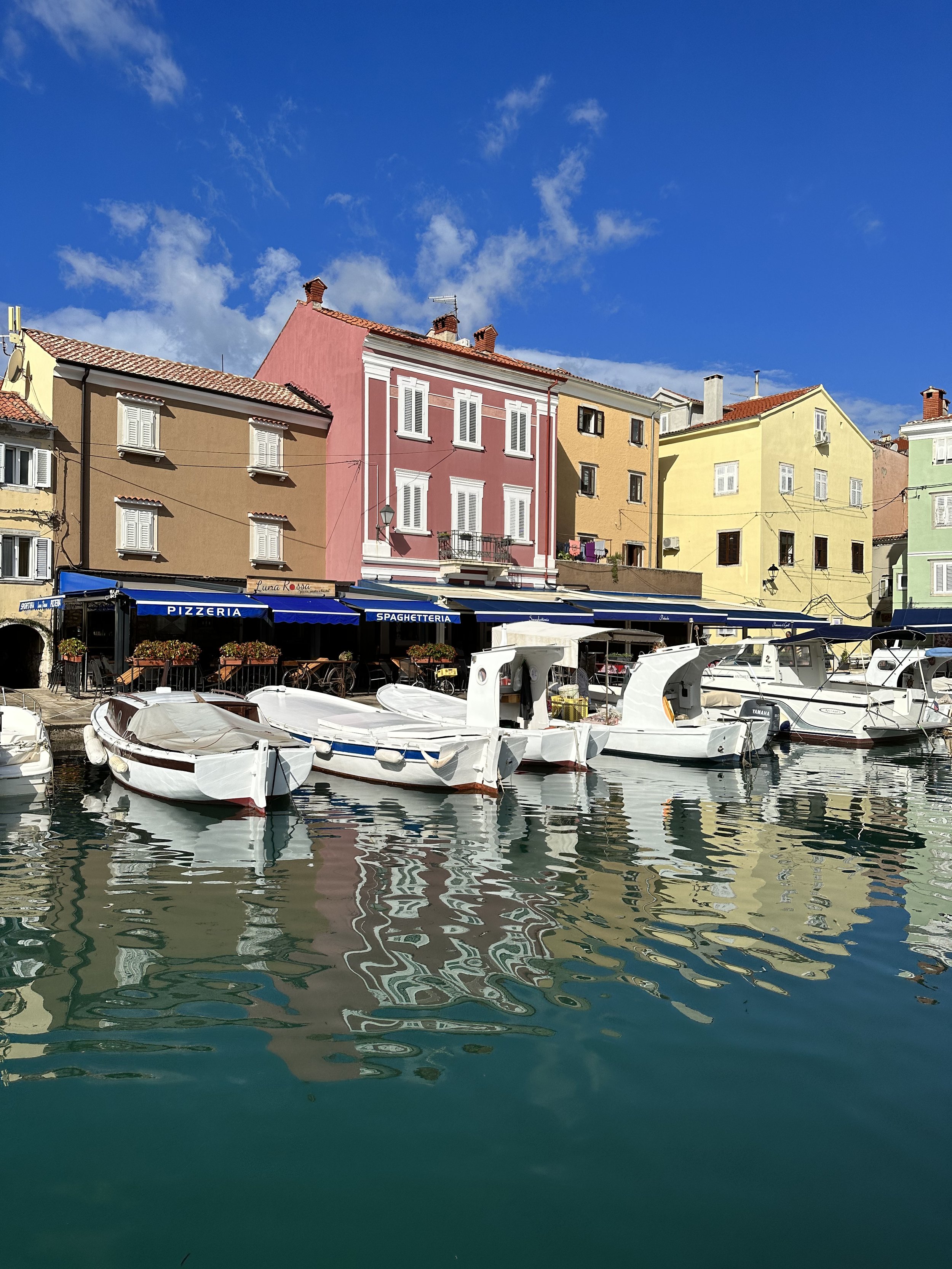
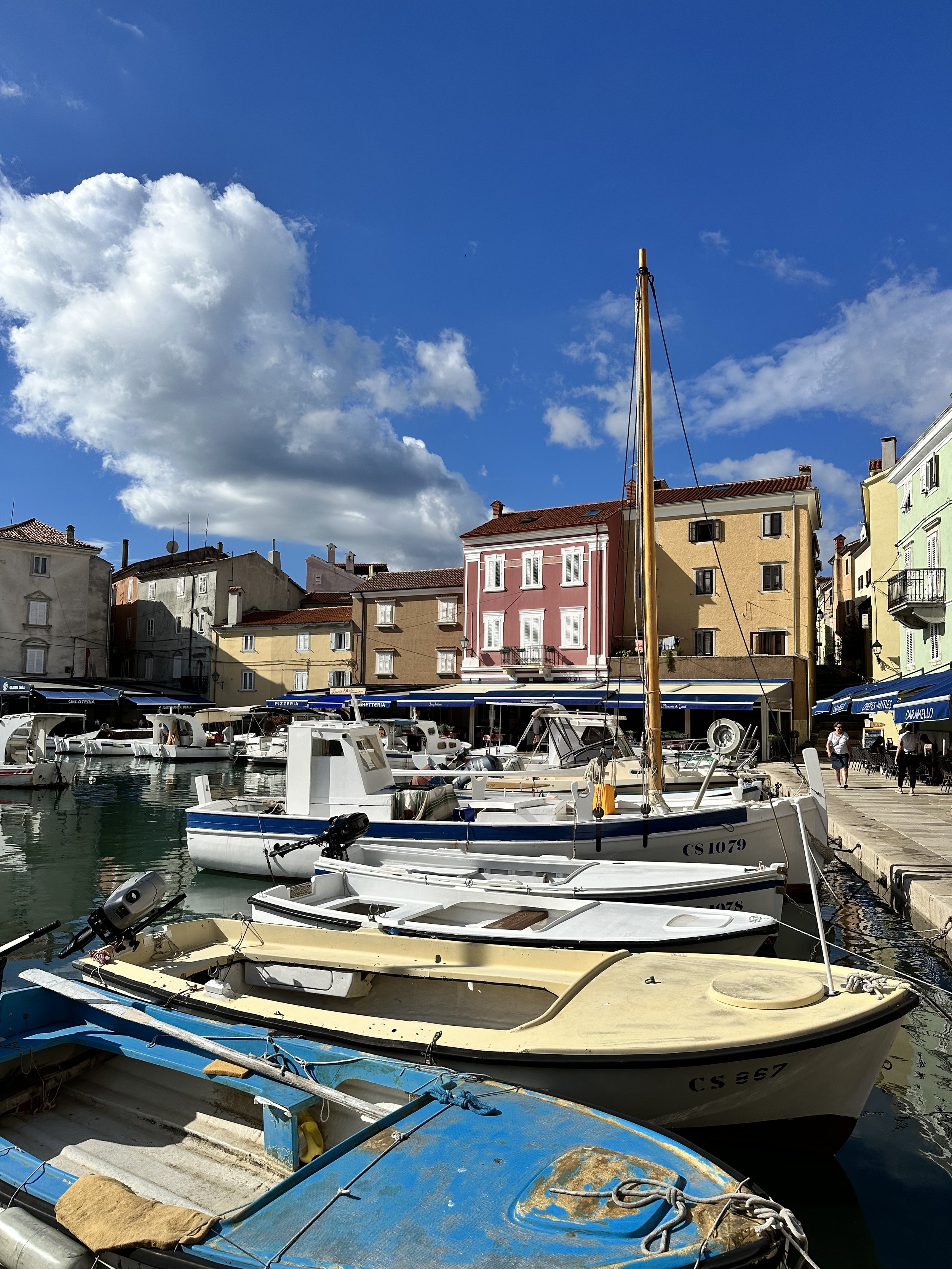
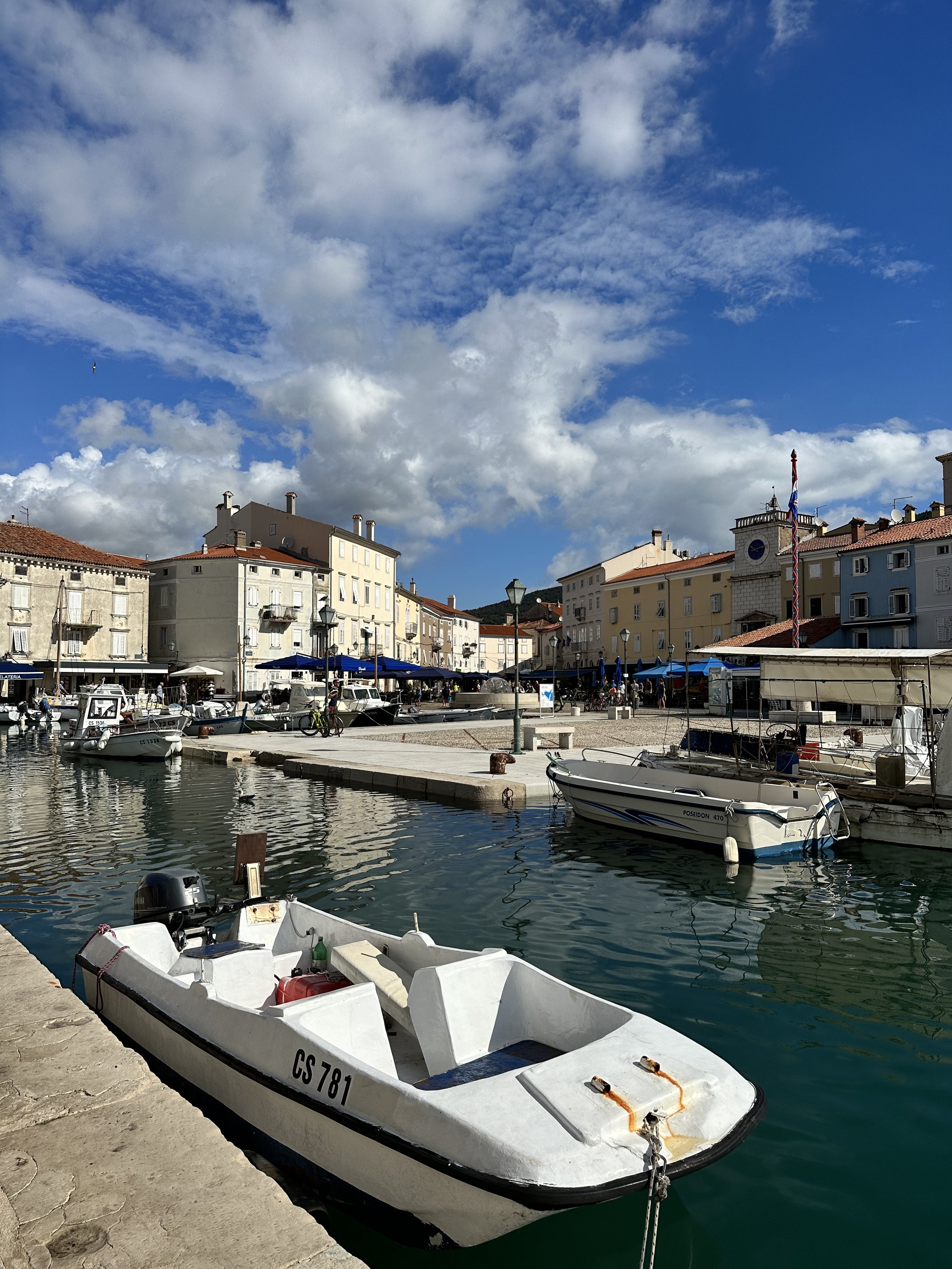
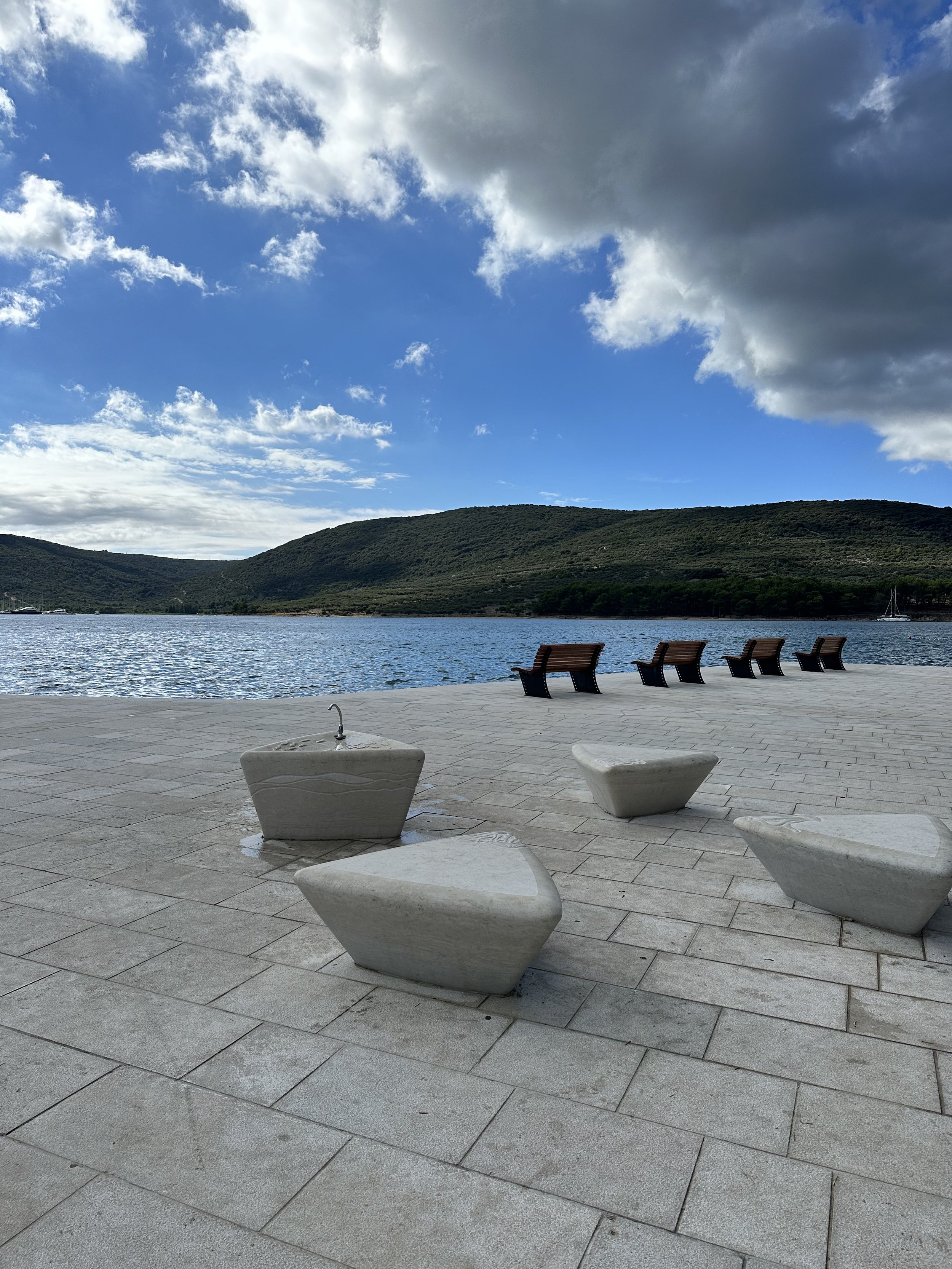
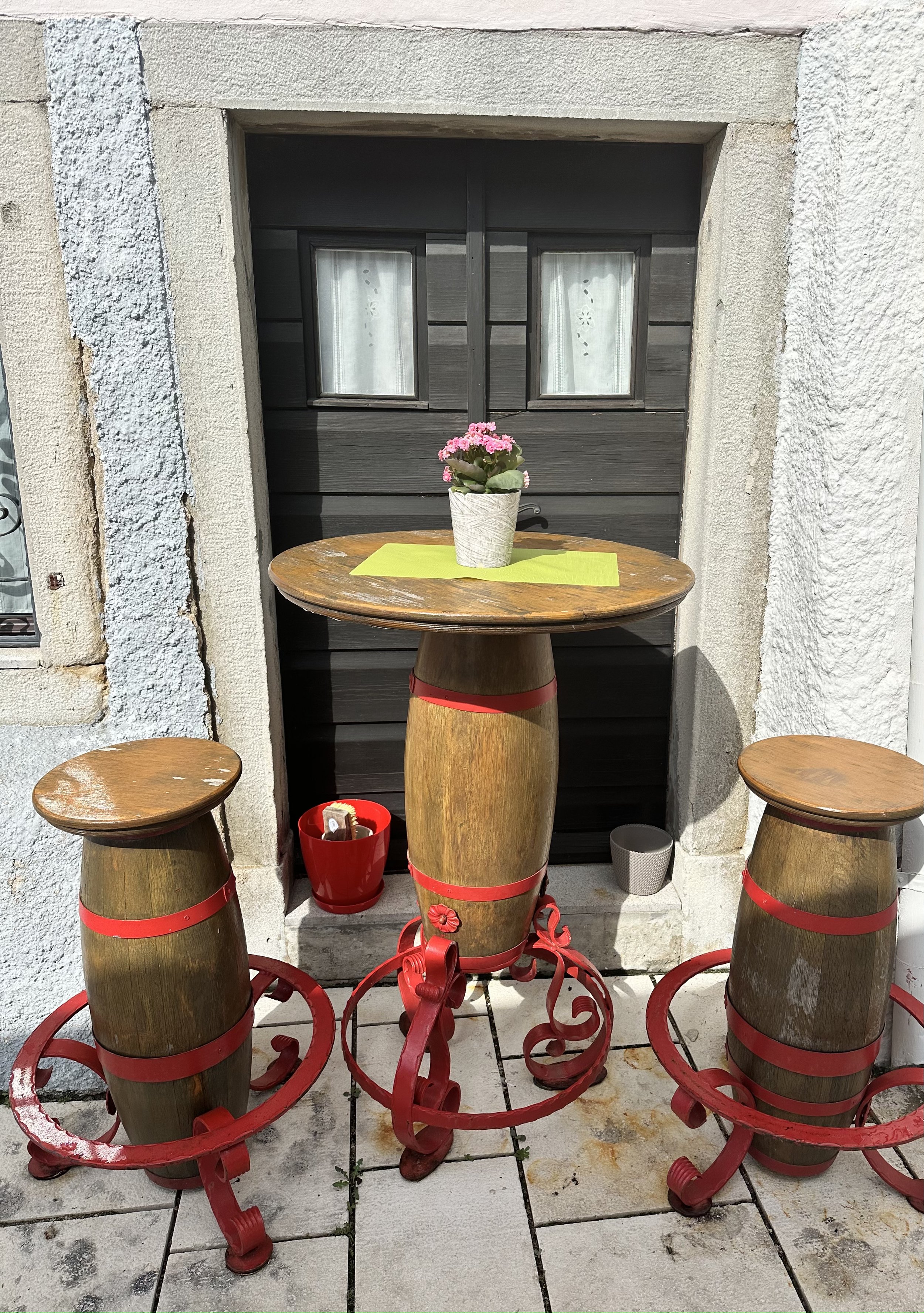
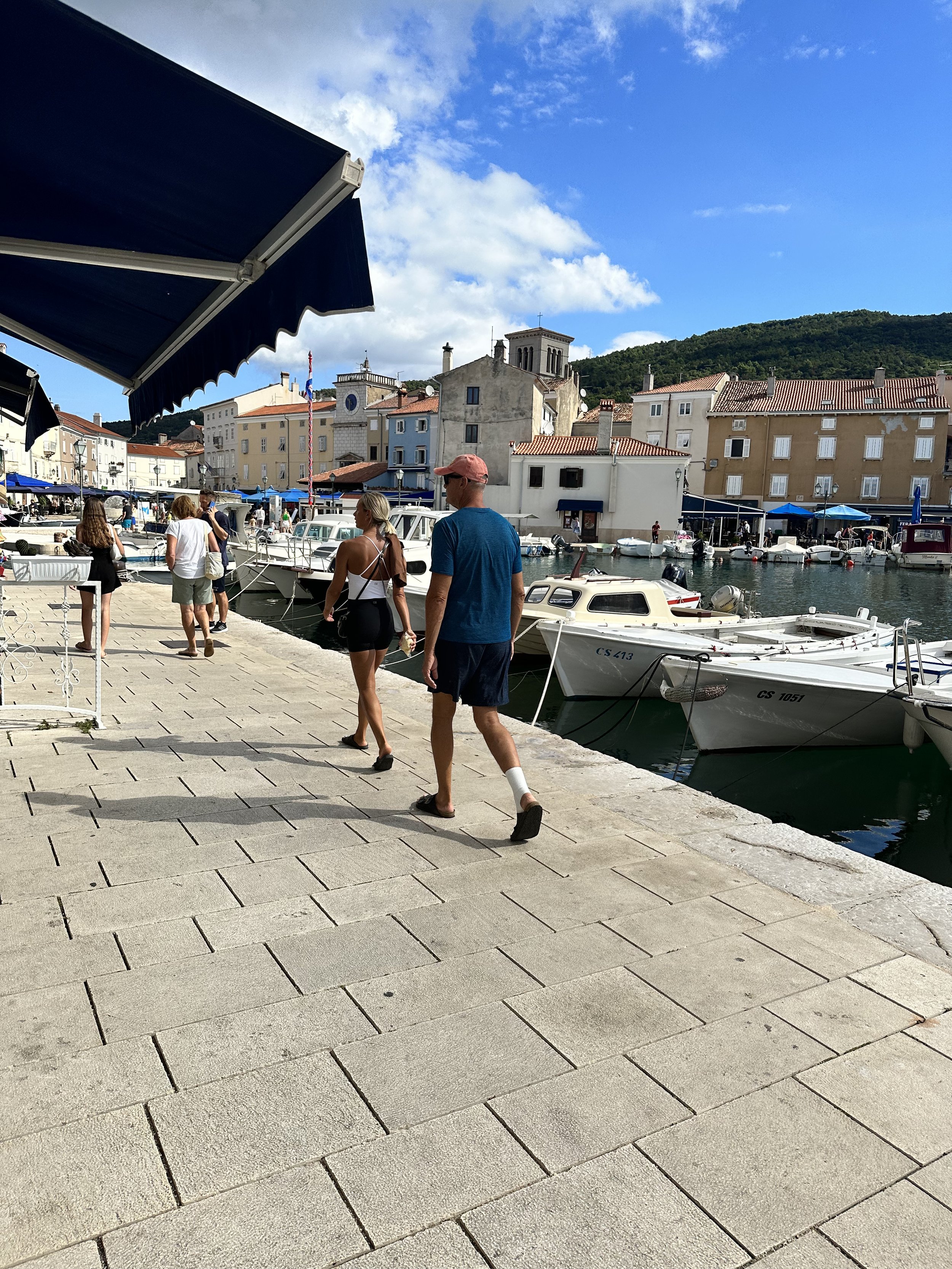
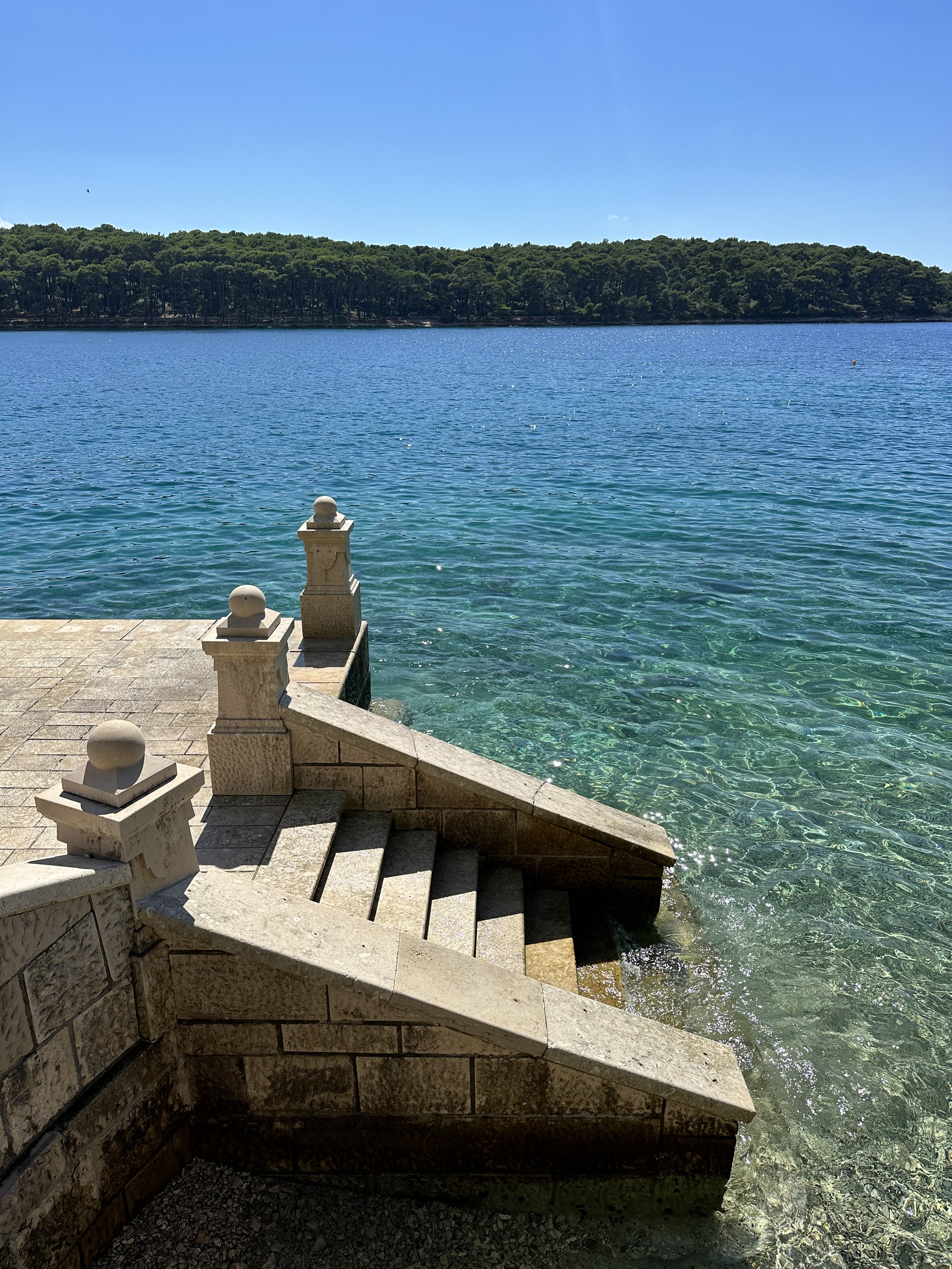
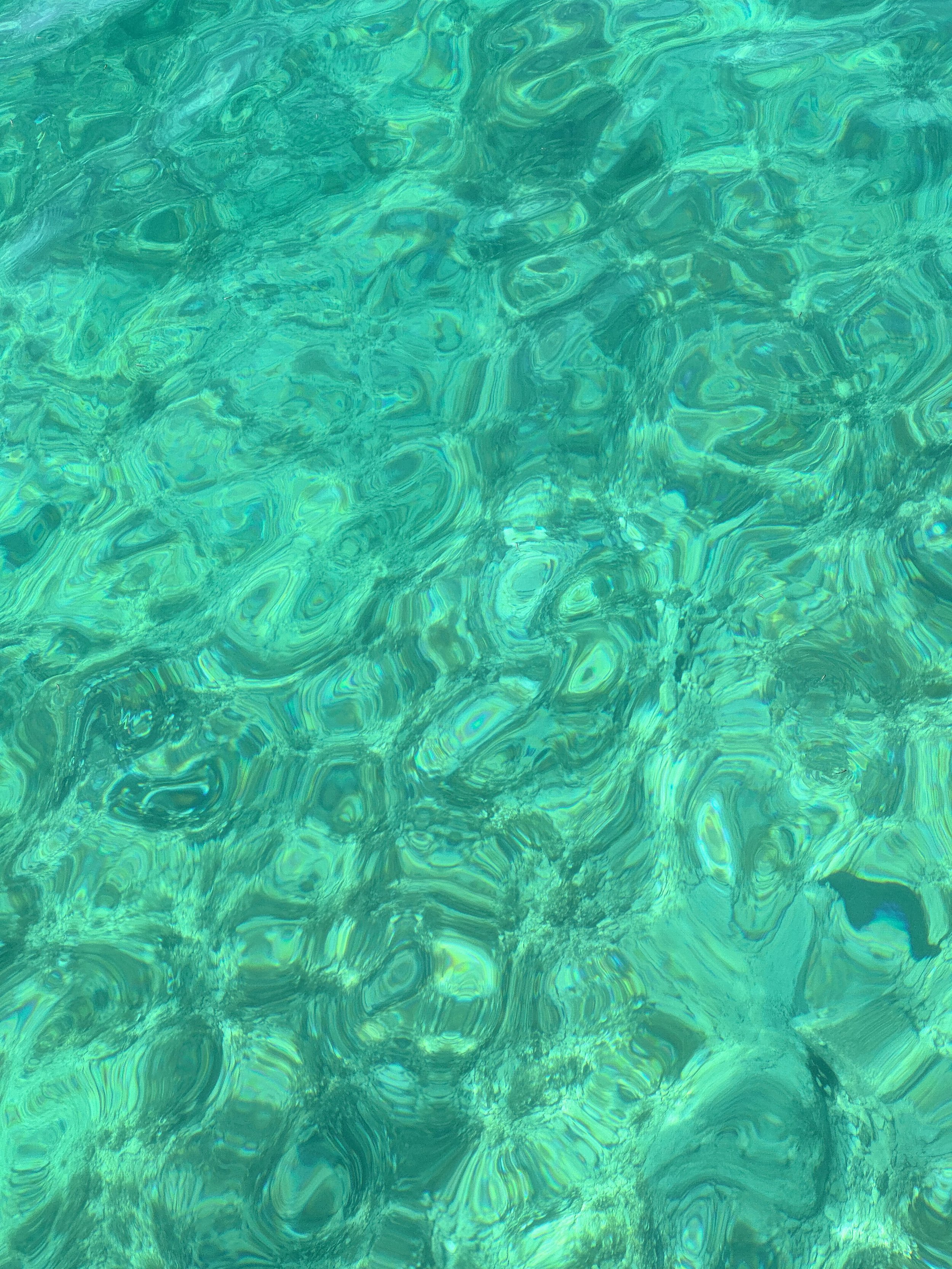
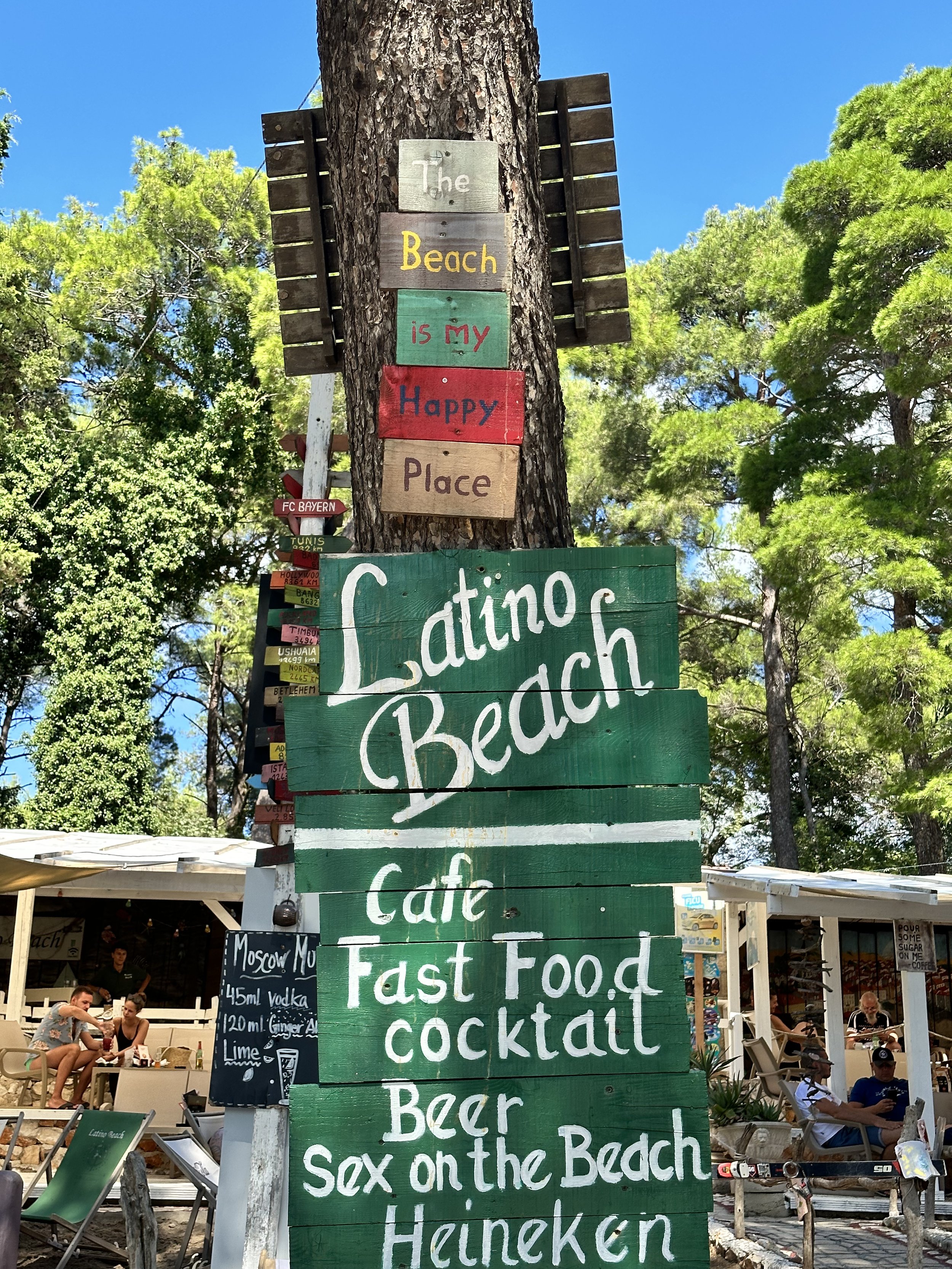
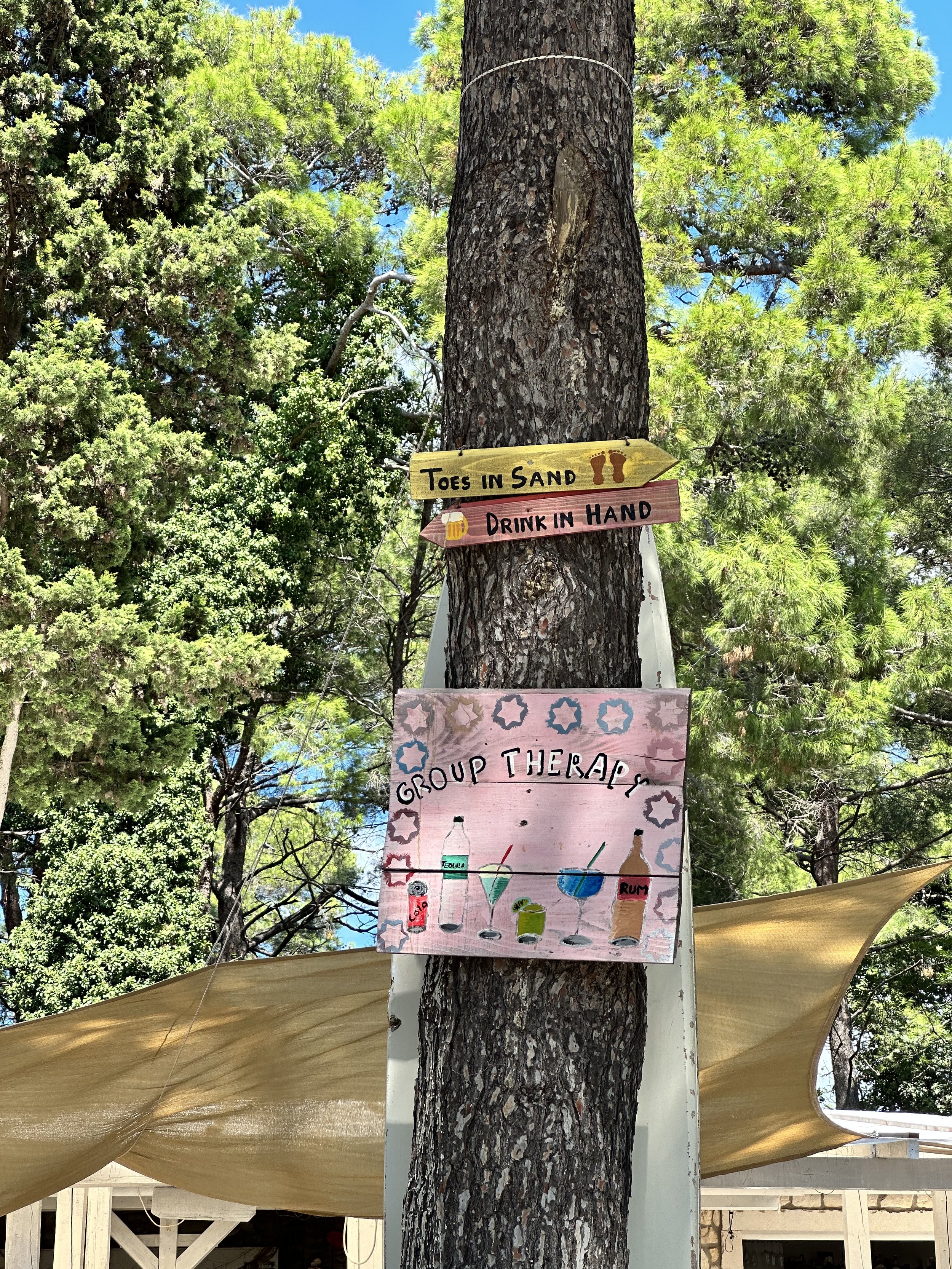
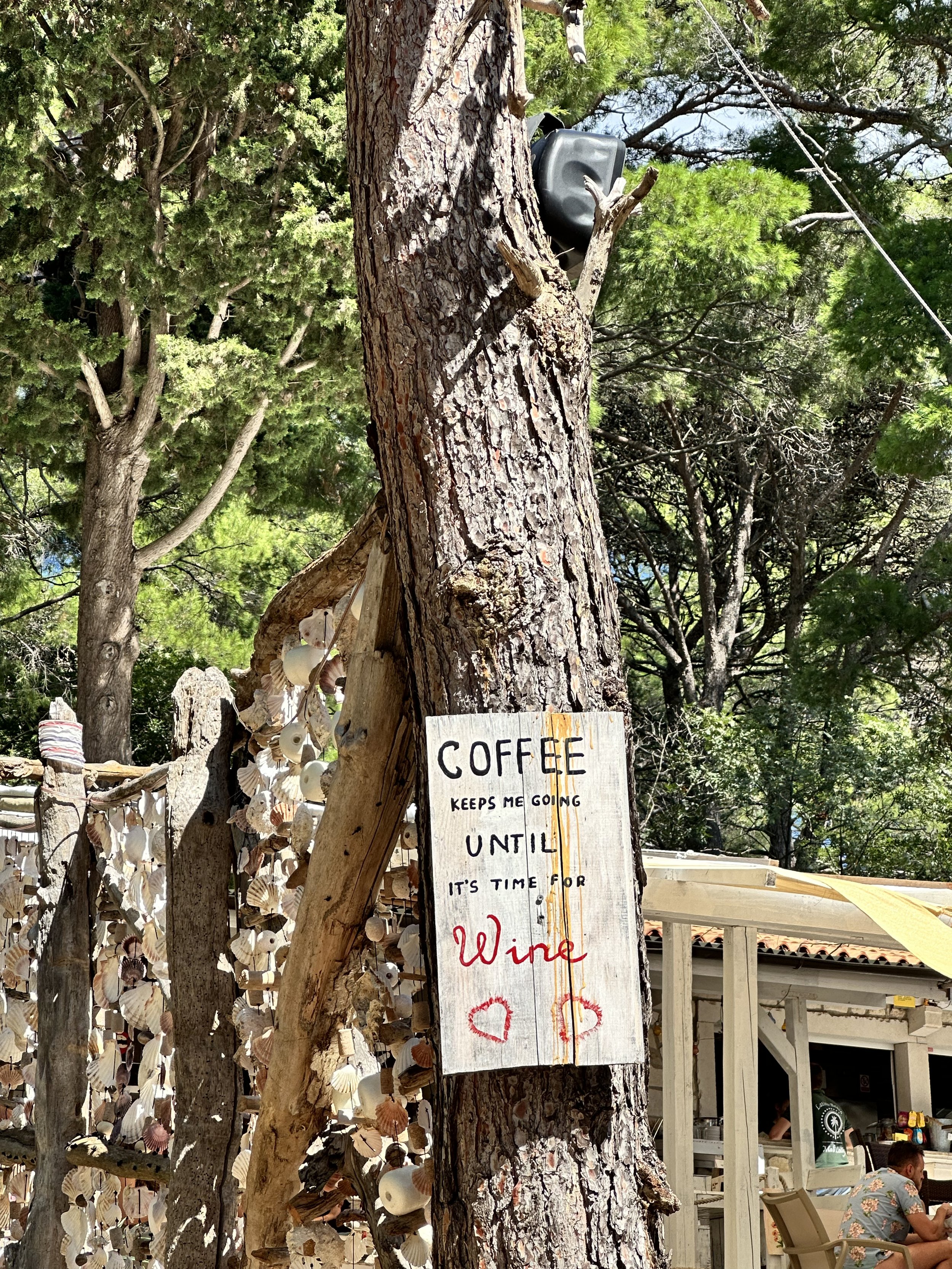
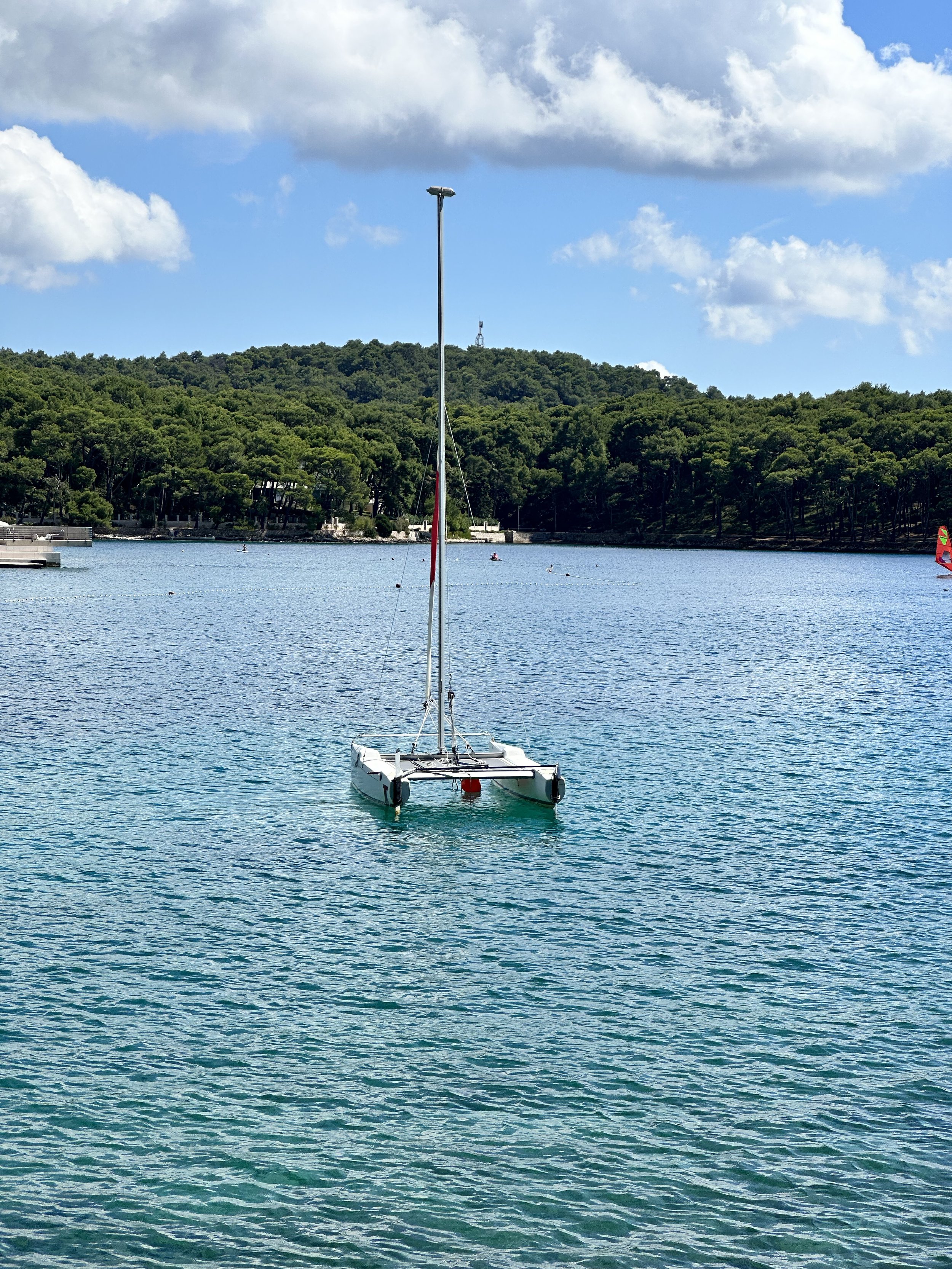
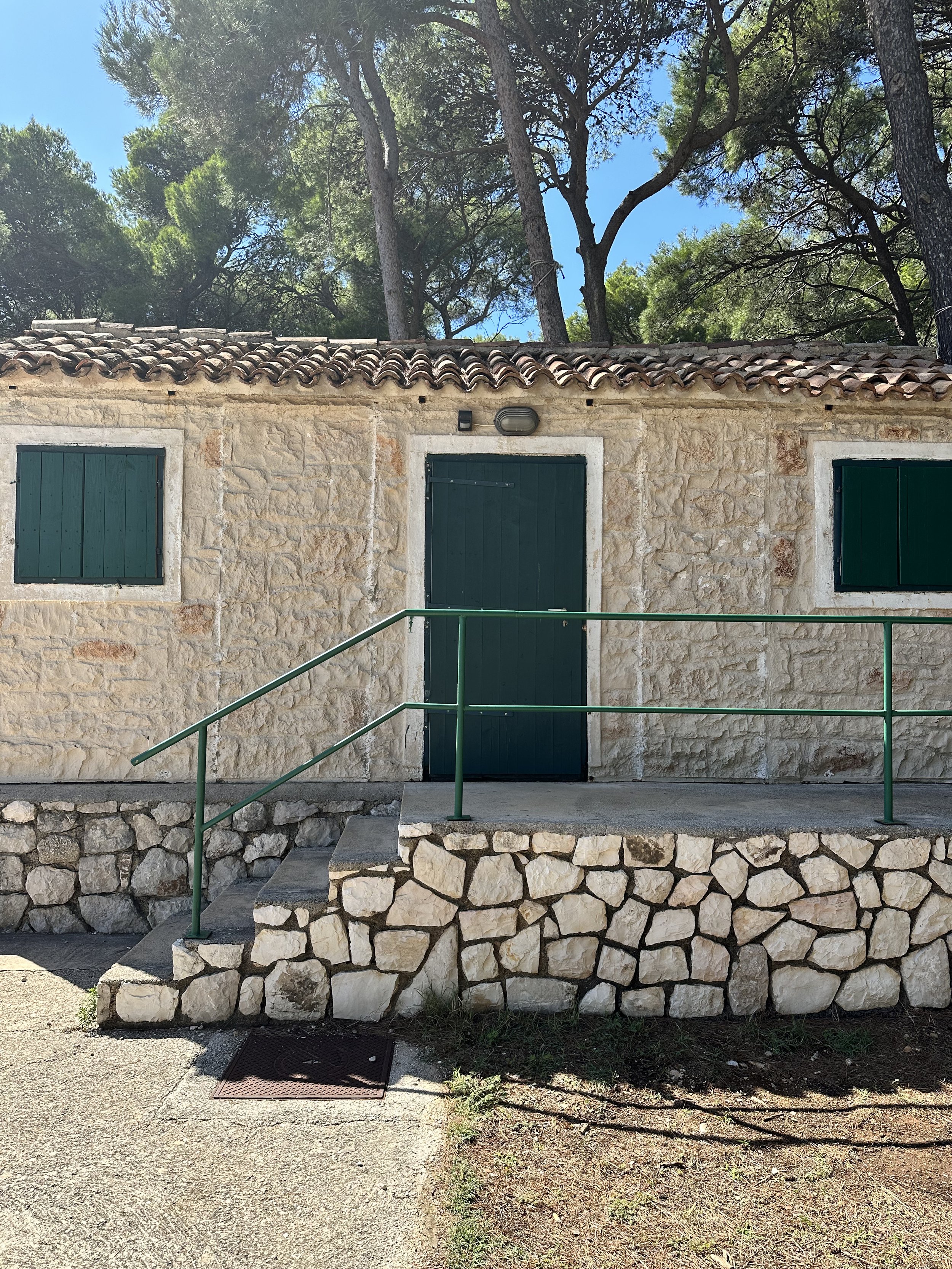
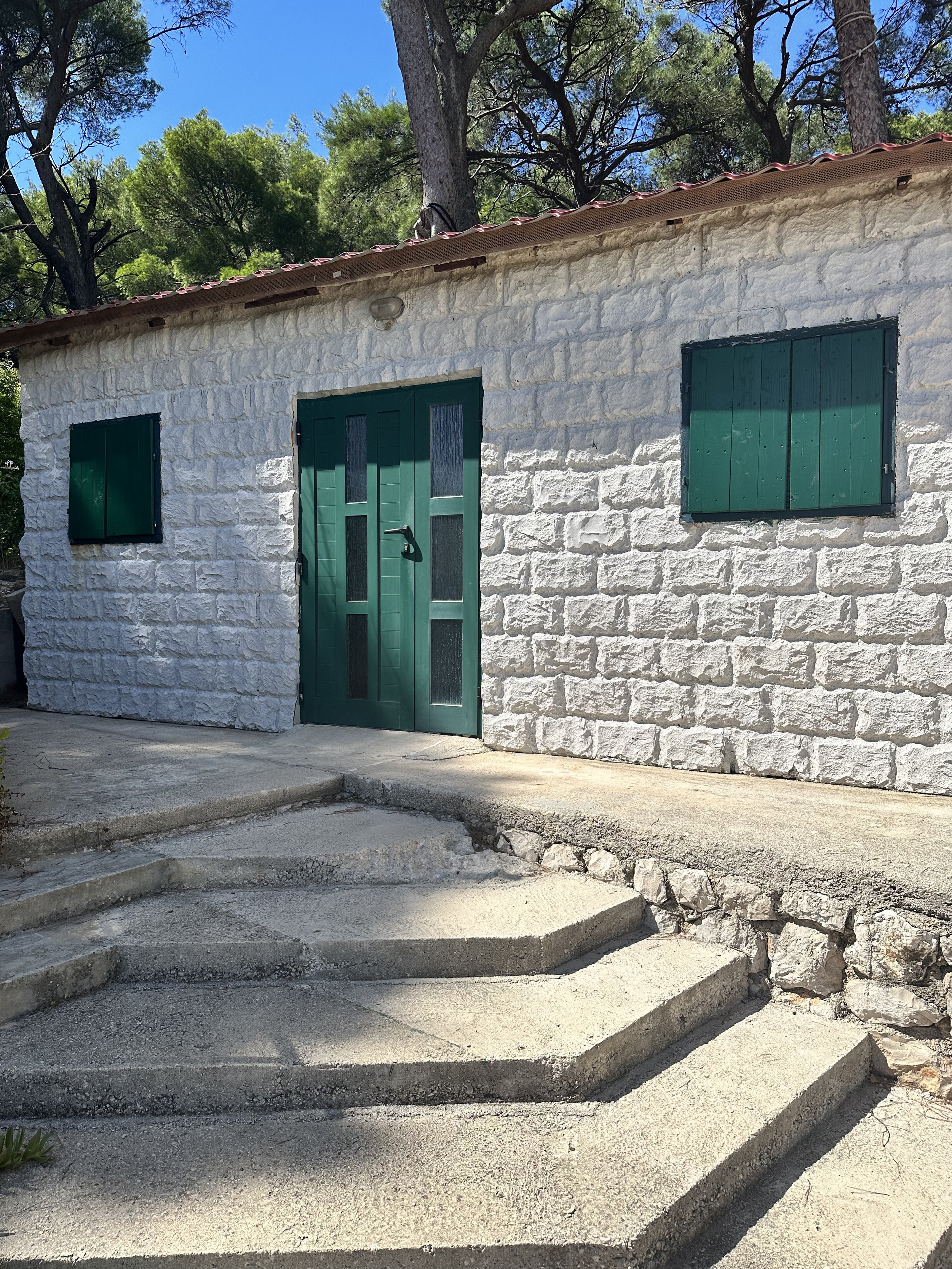

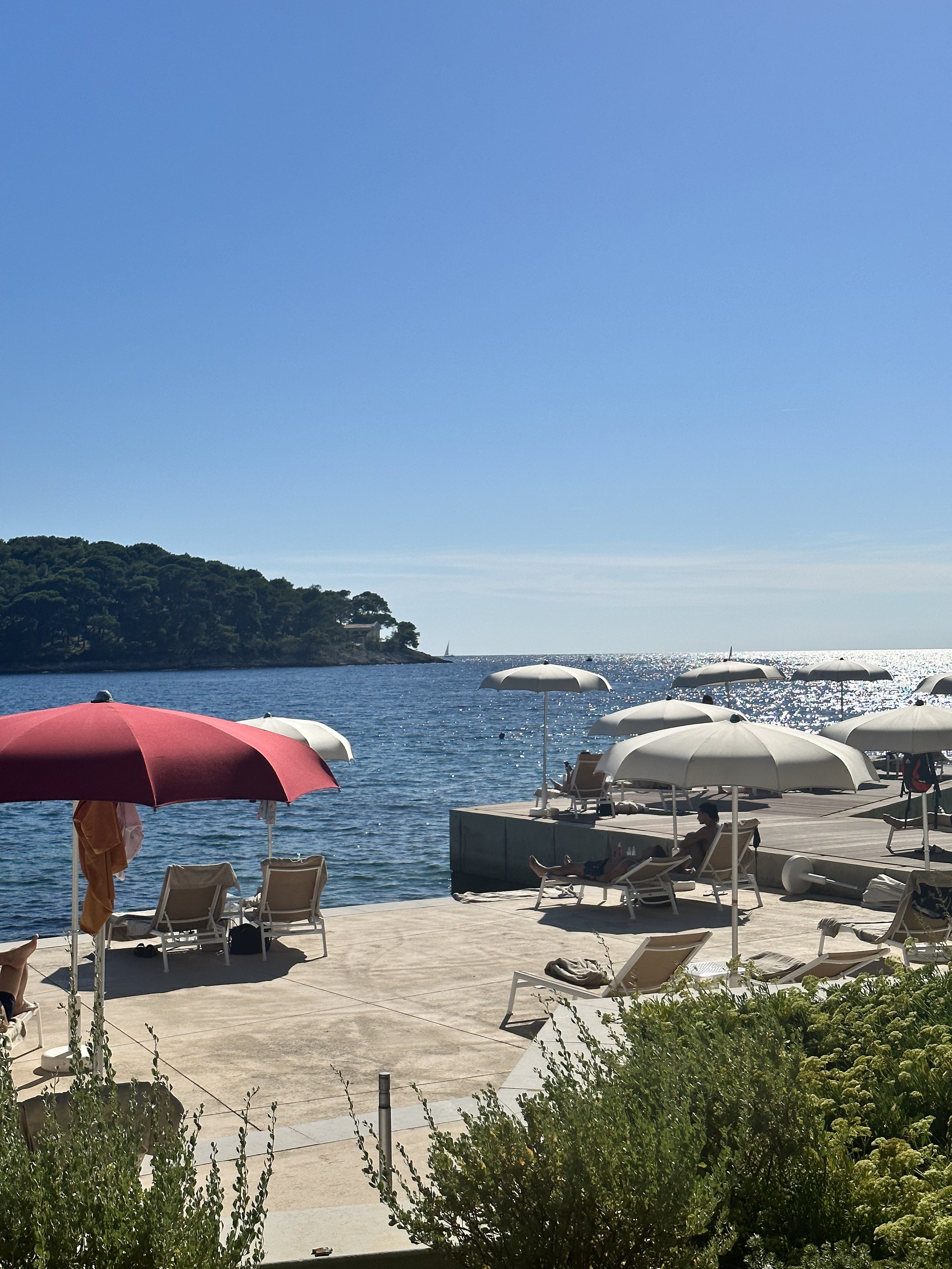


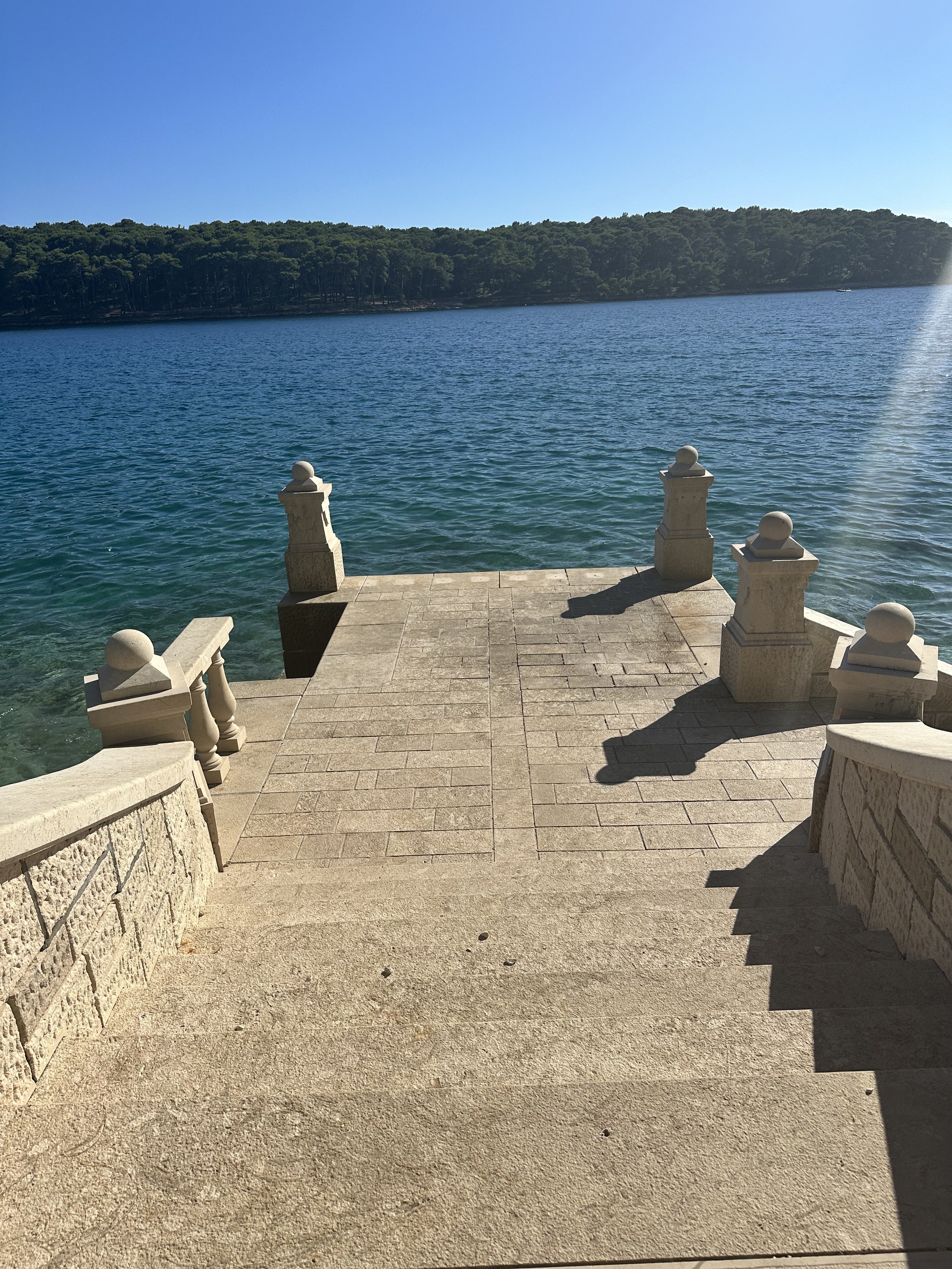
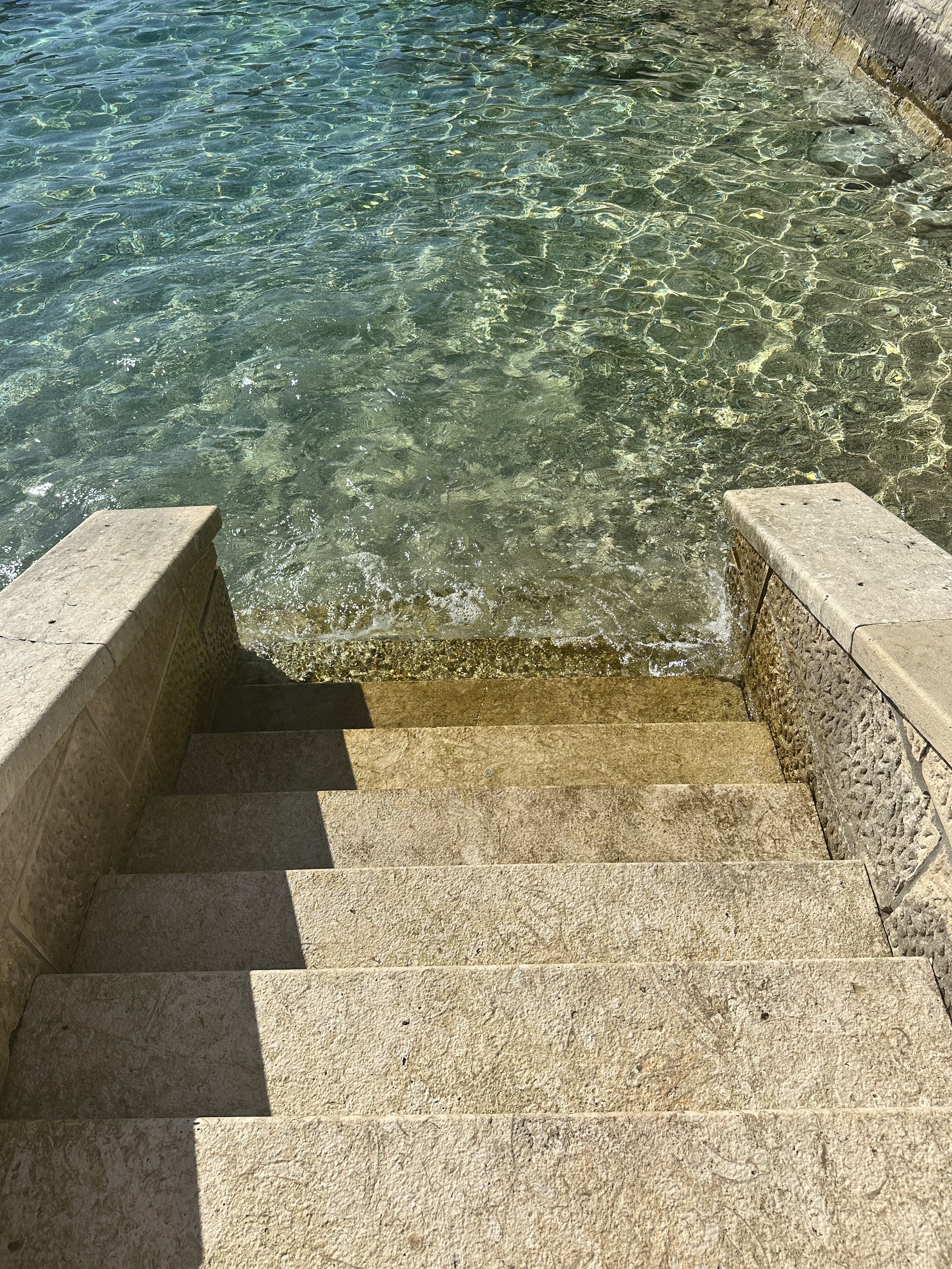
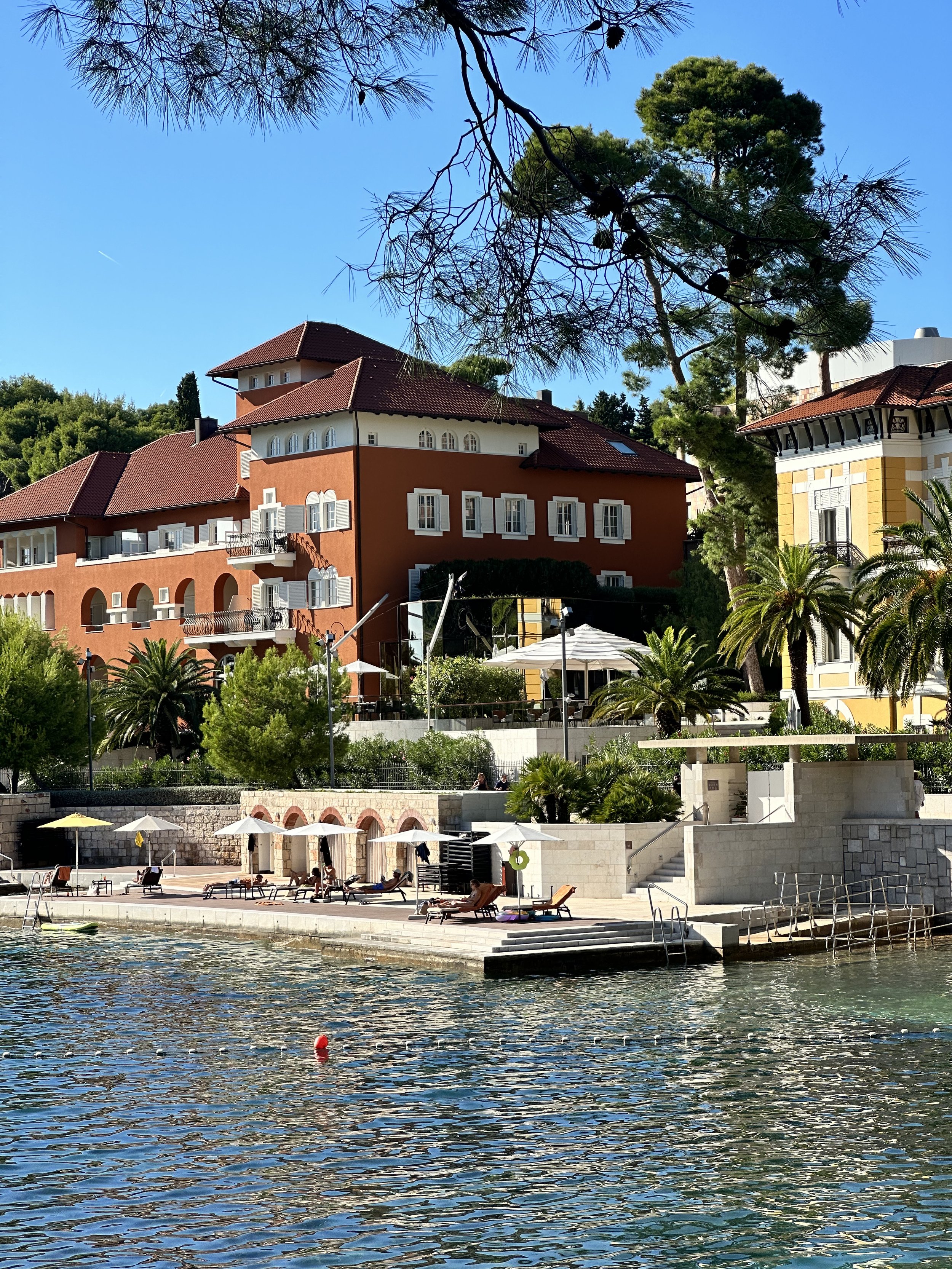
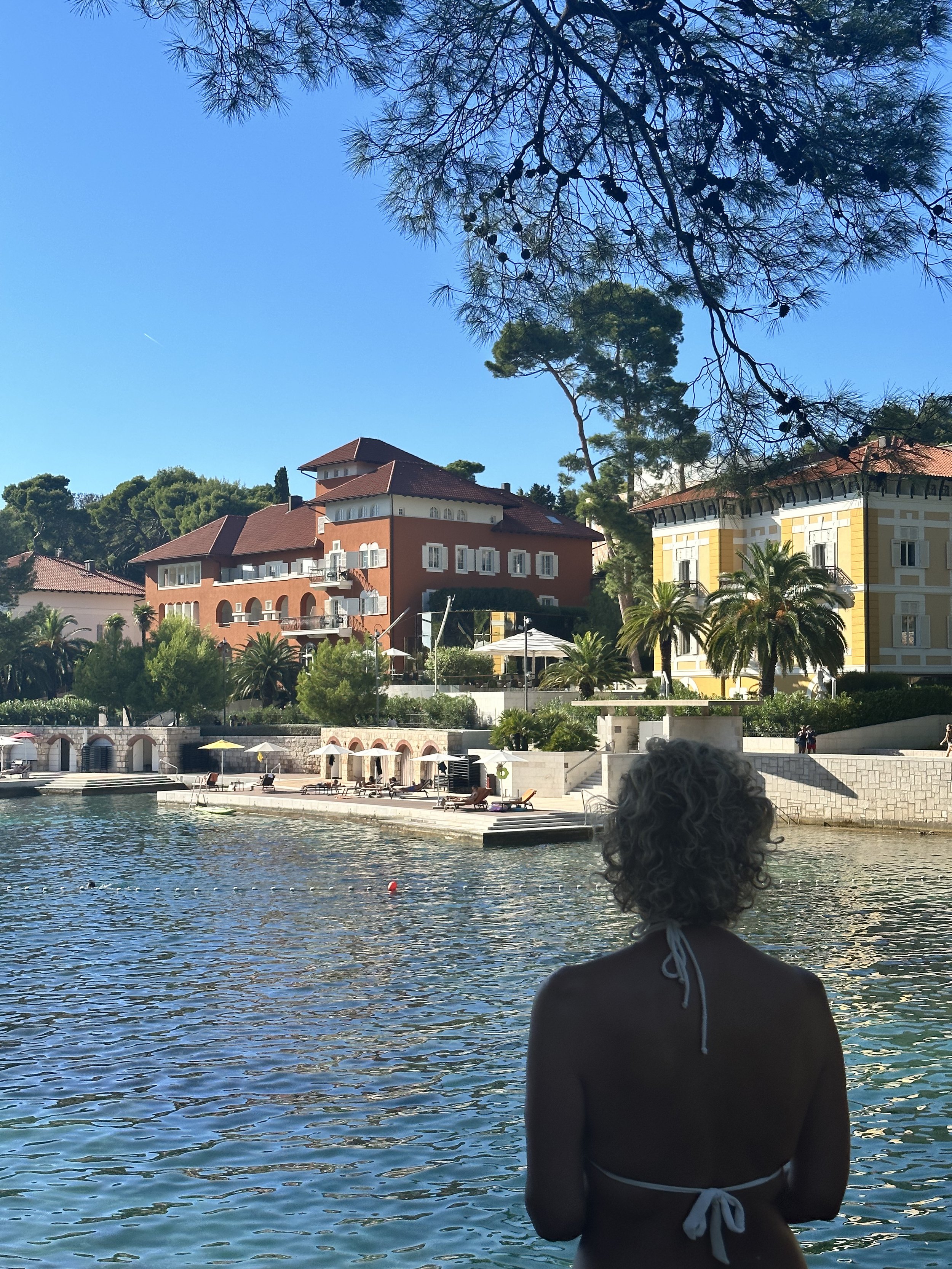
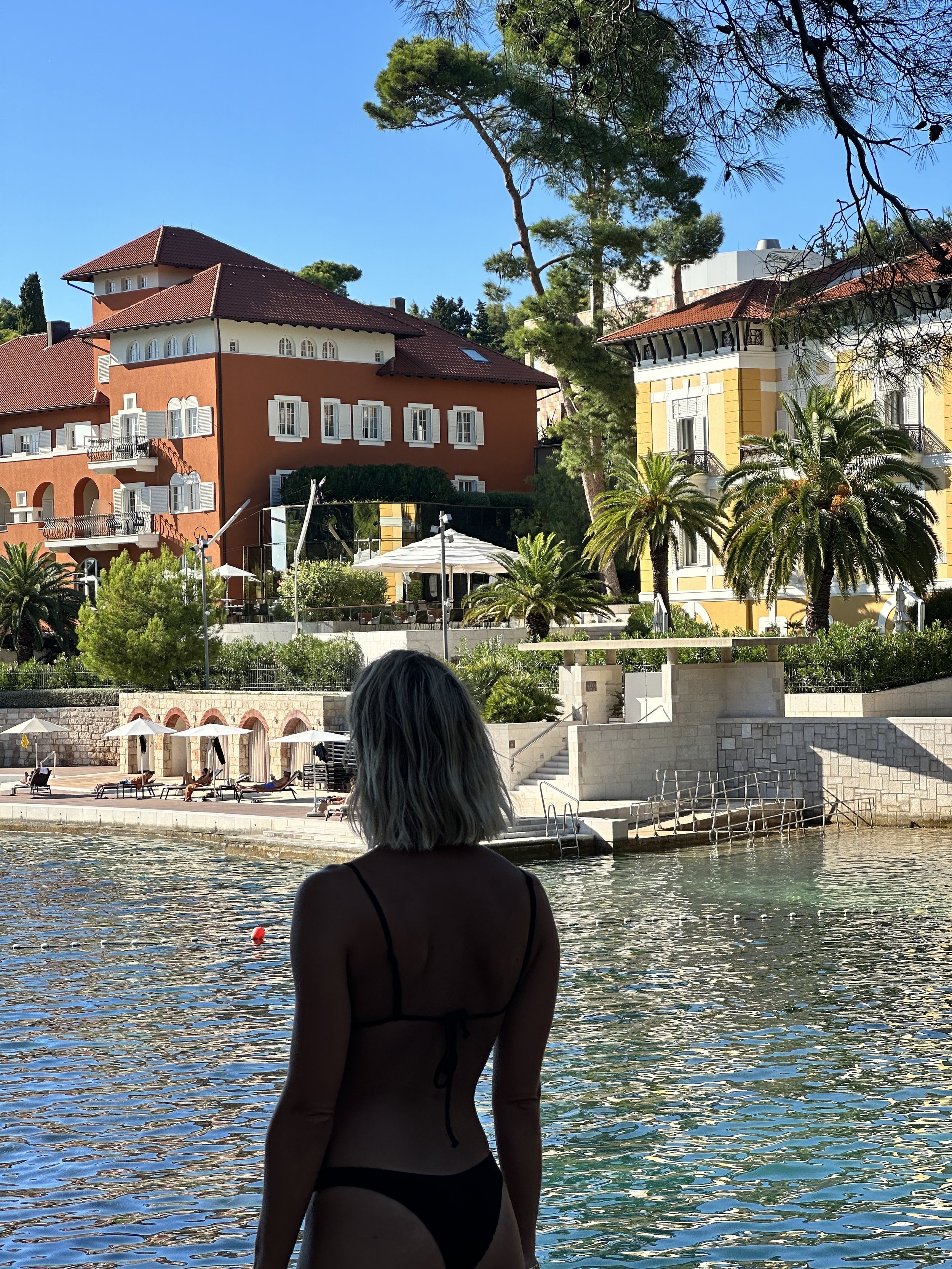

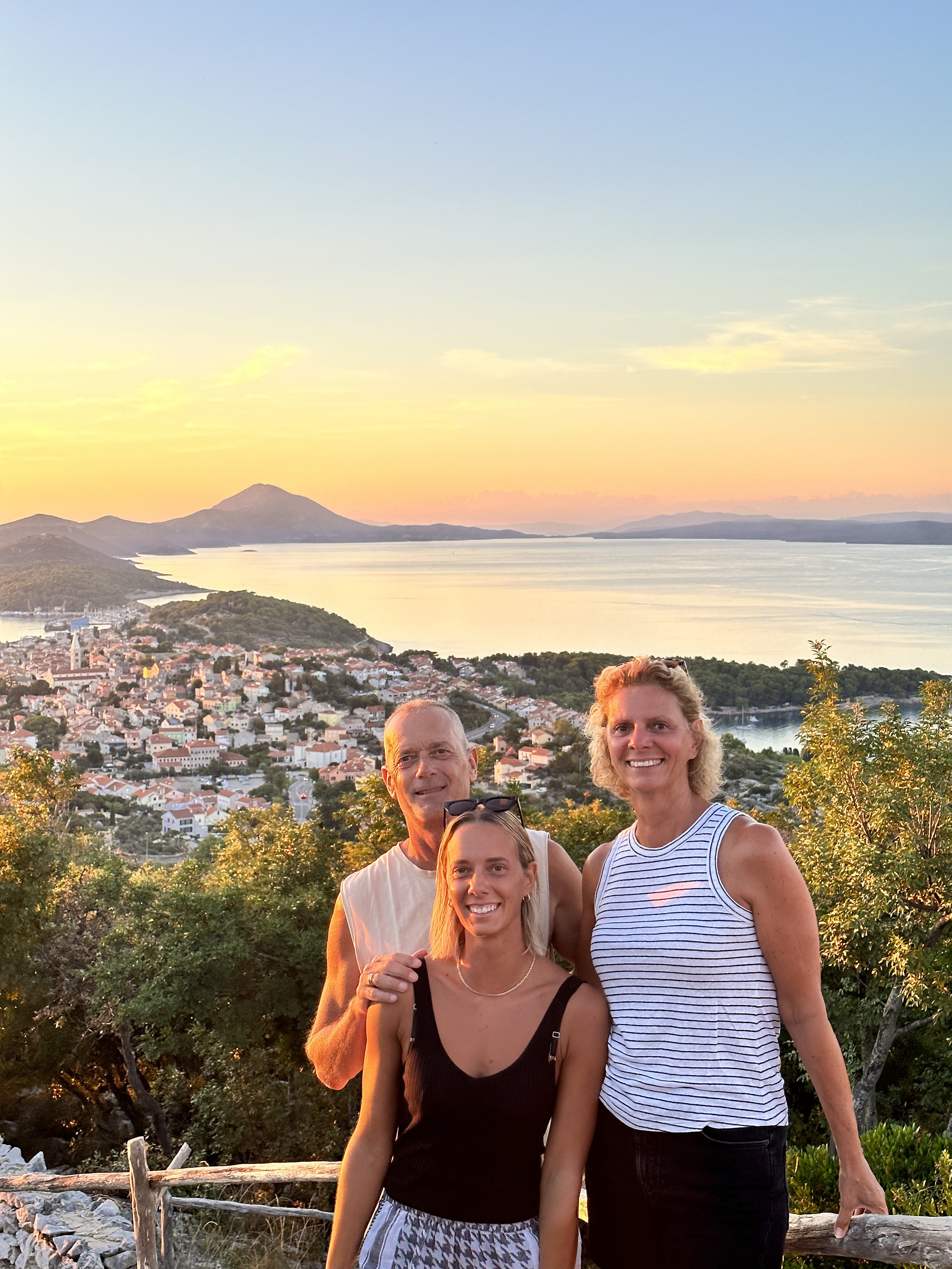
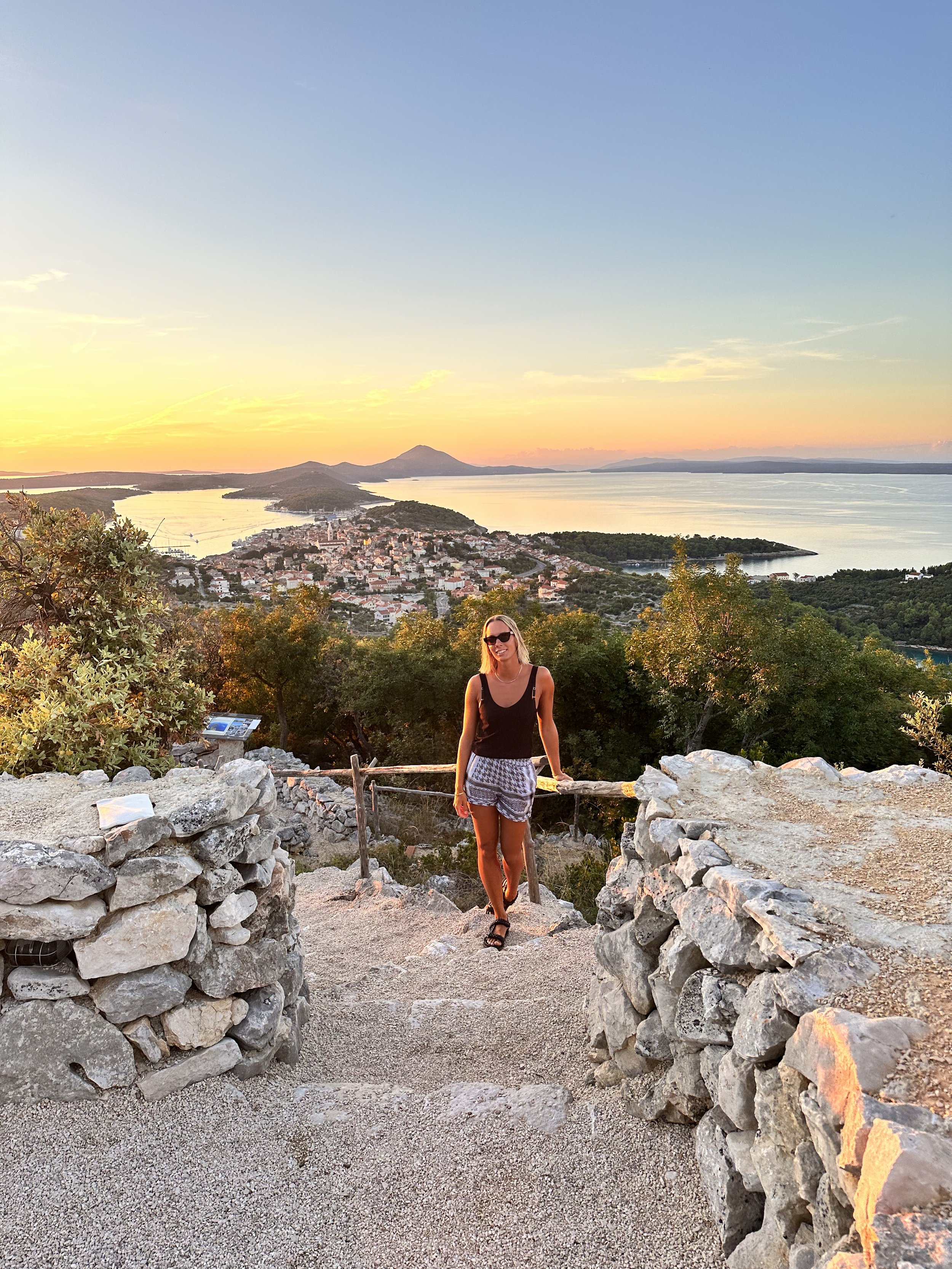
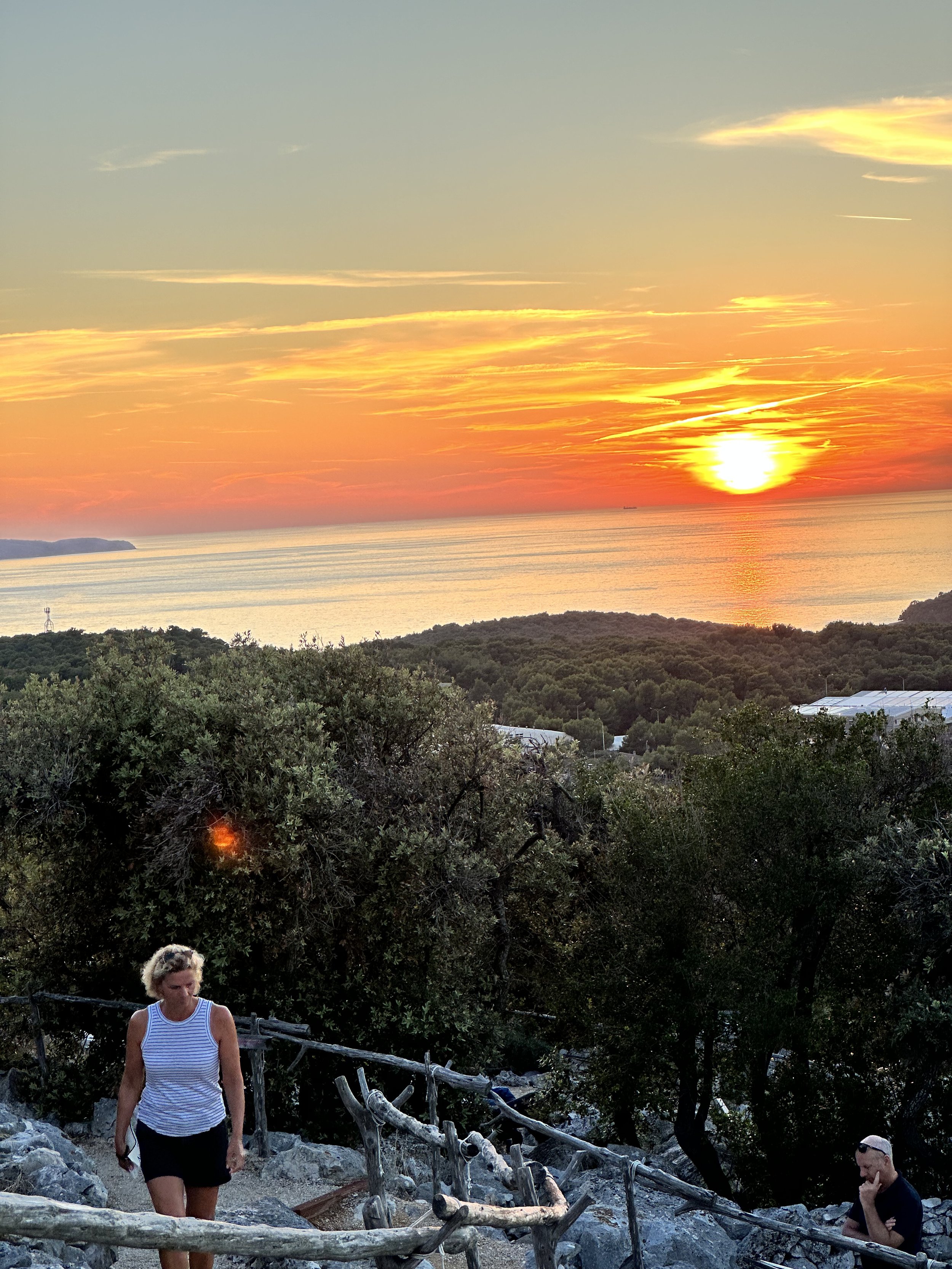
Friends Visiting Rovinj

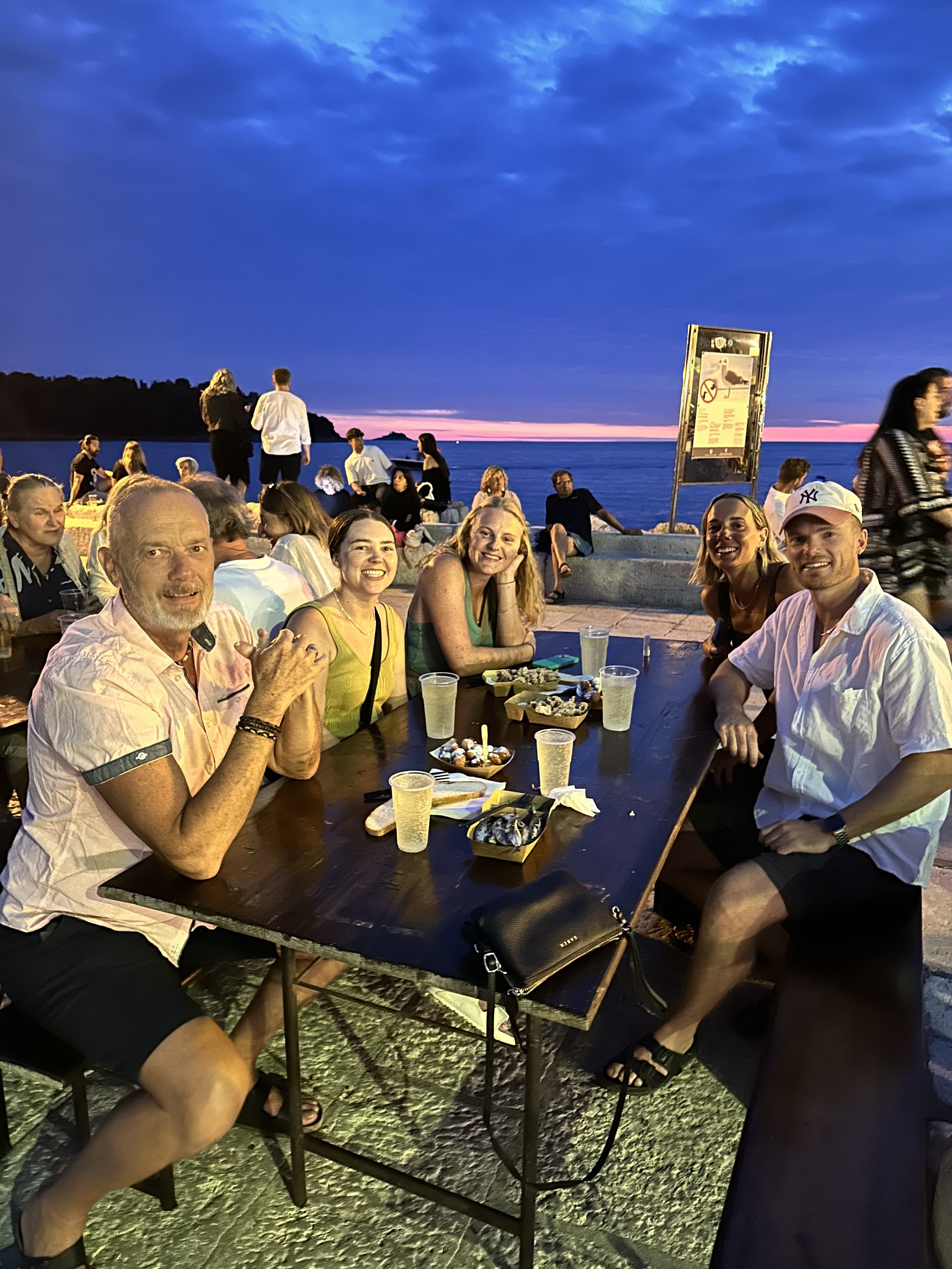

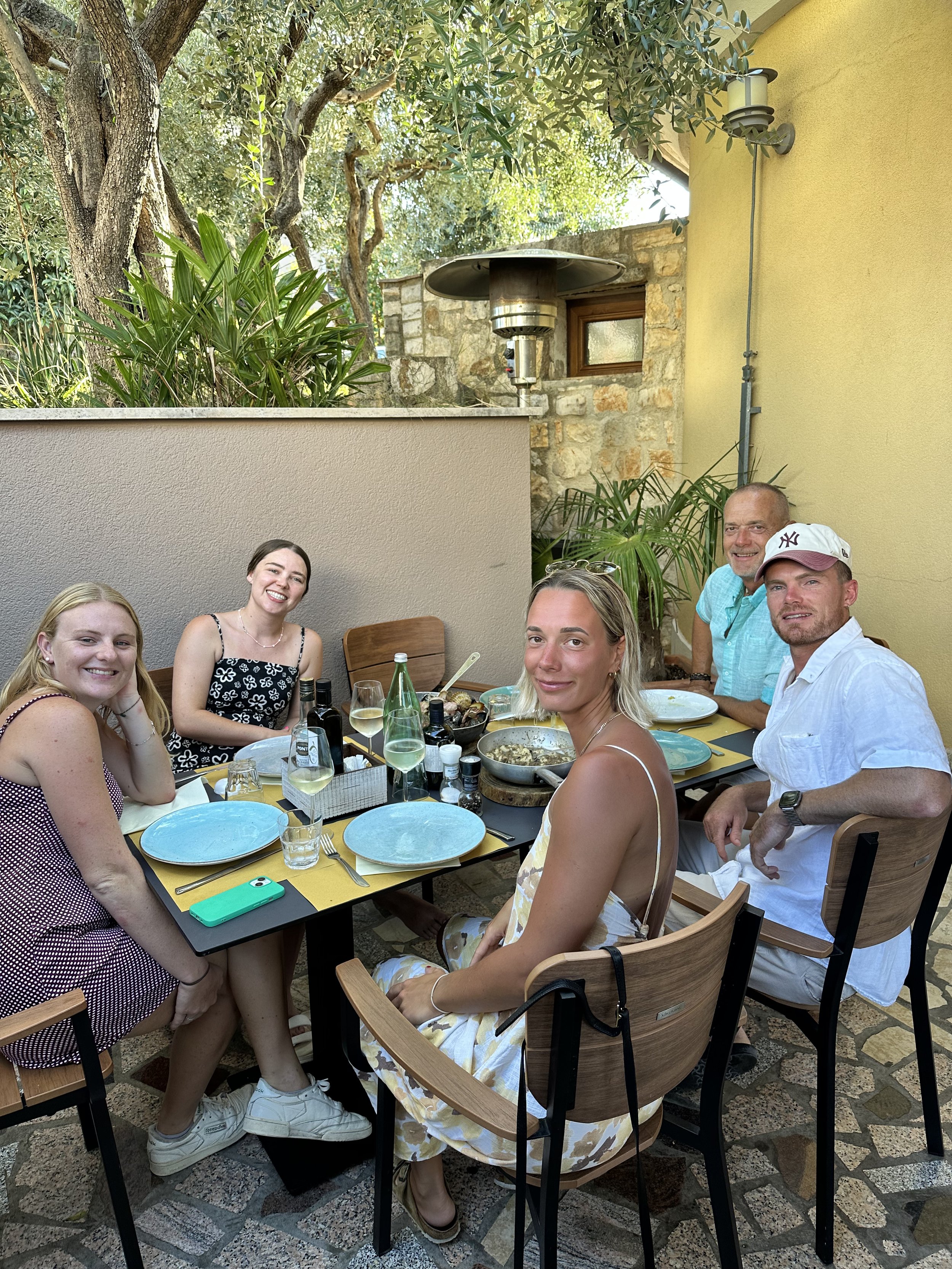
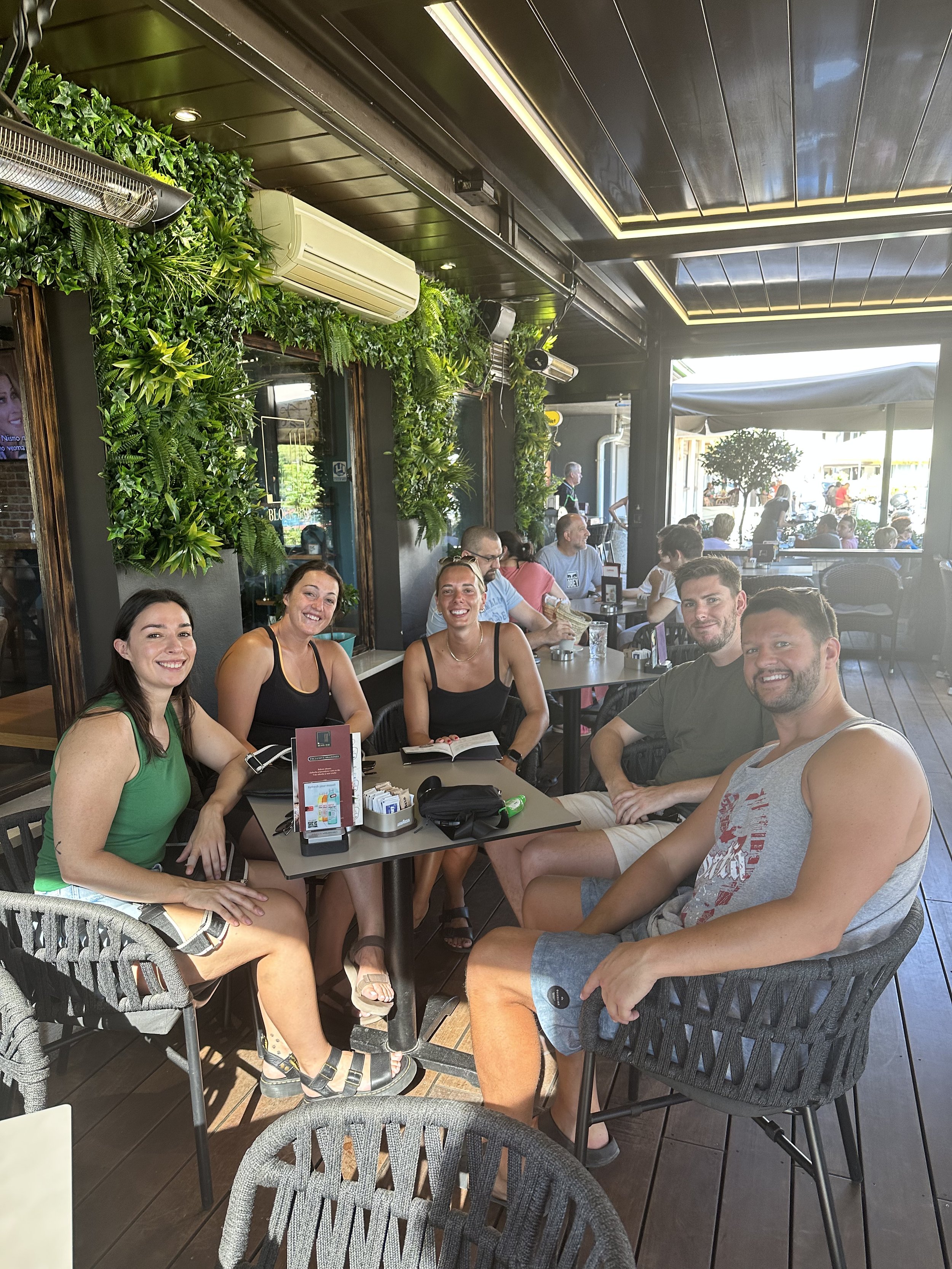
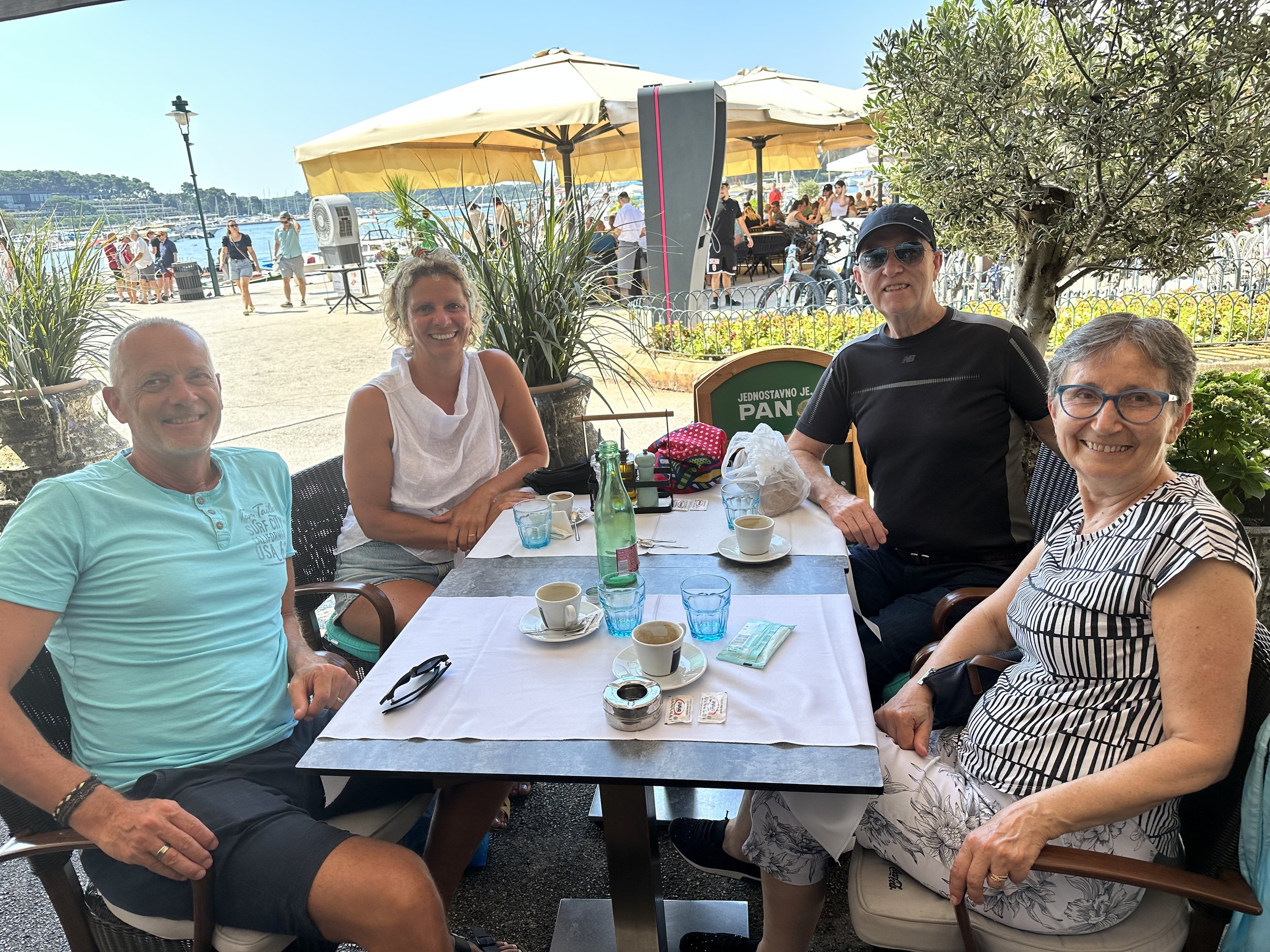

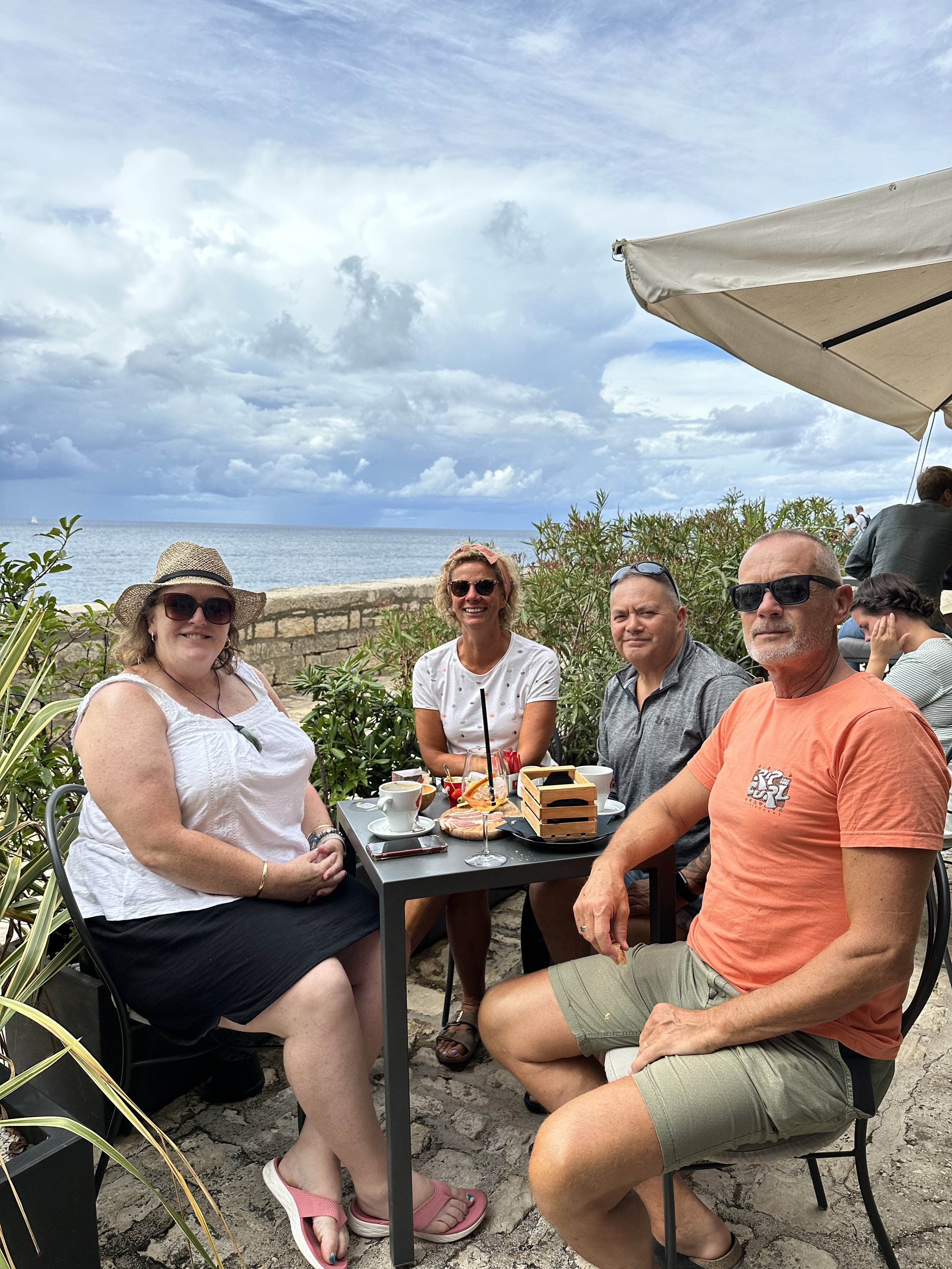
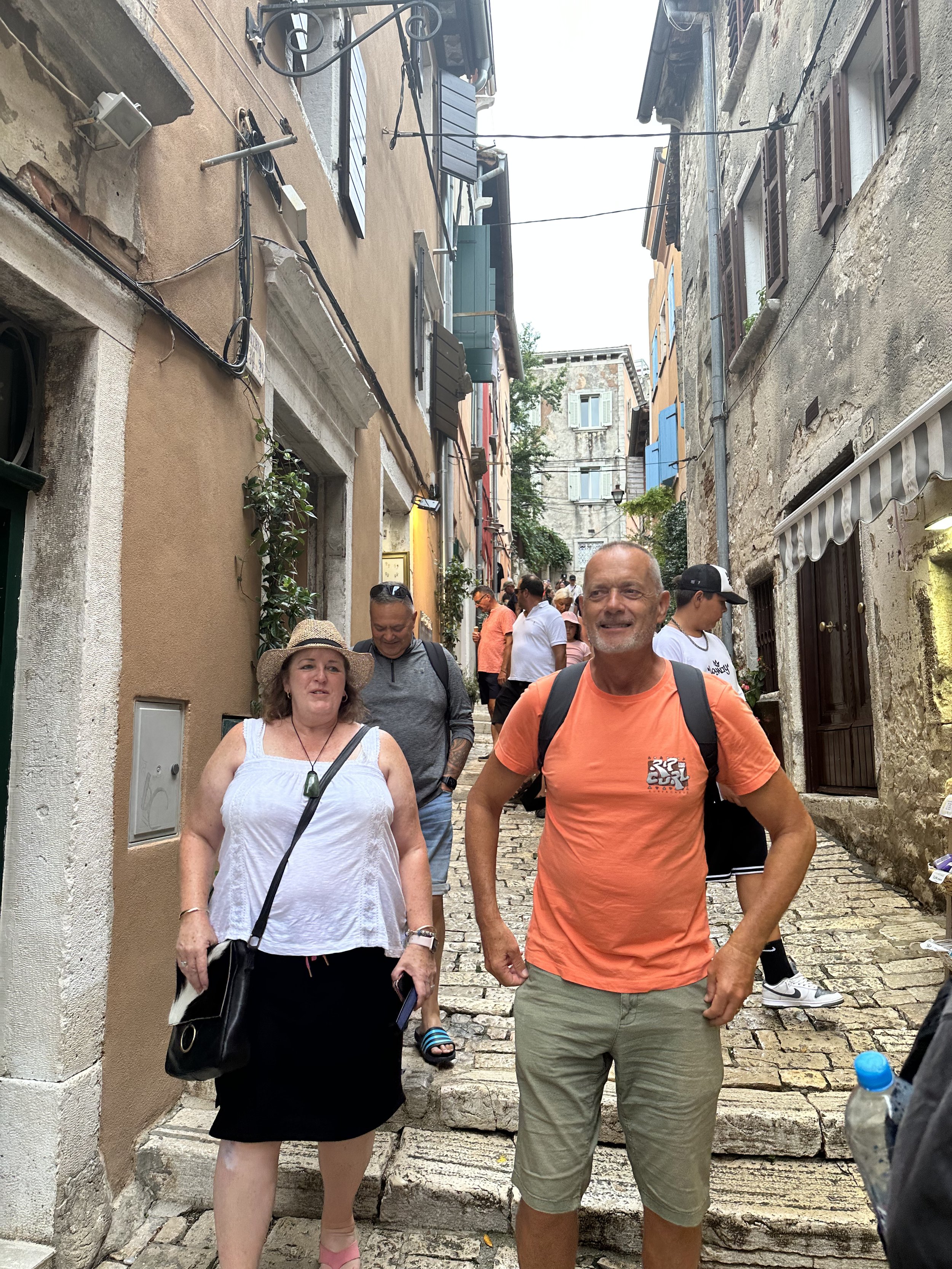


Eufemia Festival - Perpetuum Jazzile

